Natalia Bode: War through the eyes of a woman
A military photojournalist is a difficult and dangerous profession. A female military photojournalist is a unique and rare phenomenon in any historical period and in any country. But, from the point of view of art, the “feminine look” at such events makes it possible to take completely different shots, invest different emotionality in them, and show the real truth of life. The path from Stalingrad to Berlin, reflected in the photographs, gives an idea not of War, but of Life, of life in the terrible and difficult historical conditions of 1941-1945. Photos convey not hatred, not heroic deed, but the everydayness of the military situation, real feelings - and pity, and confusion, and tension, and sadness, as well as happiness and tenderness, even in such a difficult time as the war became for millions of Soviet people.
The life of Natalia Bode, as, however, the biography of almost any person of that time, is divided into two completely different parts: before the war and after. Before the war, everything was simple: she was born in 1914 in Kiev, received a degree in machine science, became interested in photography, and in 20 years became a photographer for the newspaper Kommunist. Married photojournalist Boris Kozyuk, 2, before the war, gave birth to a son.
What did 20-year-old Natalya dream of when she became a photographer: beautiful women, parades and awards, visits to Kiev by prominent party members, harvests and genre pictures of rural life? Who knows ... Obviously only one thing: she least wanted to shoot those scenes of the war, and to make those pictures that would later be recognized as genius.
When you read the memoirs of contemporaries about Natalia Bode, an interesting image emerges in your imagination: she carries the entire blue holiday dress in her duffel to wear it on Victory Day. Natalia's parents, hastily leaving Kiev a few hours before its occupation, along with her young son, do not forget to take a bottle of her perfume with them, and keep it until the very meeting after the war. These and other similar moments create an image not of a “fighter”, but a very touching and feminine girl.
However, war is war, and Natalya’s life after 22 June 1941 has changed dramatically. In the very first days, her husband dies, and Natalya, leaving her little son to her parents, goes to the front as a photojournalist.
She works in the front-line newspaper Krasnaya Armiya, runs and captures the largest military operations on the South-Western Front, all the way of our army to Berlin. Almost all the major battles and life in the rear on the Central, 1-m Belarussian and South-Western Fronts are reflected in her works. Her photographs were printed in “Red Star”, “Spark”, “Truth”, even in some foreign magazines.
What was the price of her pictures and in what conditions they were obtained is clearly seen in the example of her famous photograph of heavy German tank "Tiger". After the defeat in the Battle of Stalingrad, the enemy command concentrated all its forces on the Kursk Bulge, sending the guns of the latest and latest developments there. The most powerful tanks - “Panthers”, the legendary “Tigers”, self-propelled “Ferdinands” - struck the imagination of both military and ordinary inhabitants. There was not a single photograph in the newspapers of the wrecked German technology of this level, and the Tigers were considered invincible. And although Soviet soldiers quite successfully disabled such tanks, photographers physically could not capture this during the war. Until the newspaper "Red Army" did not know that in the neutral zone remained "Tiger", knocked out by Soviet soldiers.
It was necessary to urgently photograph the “invincible” tank, put out of action by our soldiers, and place a photo on the front page, dispelling the myth of the “invincibility” of German technology. Natalia Bode volunteered for this risky task. She managed to get to the right place and shoot the tank so close that the holes in the armor did not leave any doubt that the legendary "Tiger" was vulnerable. The prices of such pictures were clear and the opposing side, the Germans immediately opened fire. Only the blast wave that knocked Natalia off her feet saved her from any serious injuries.
In the new issue they immediately printed a photo, which became known to the whole world. This is how Lazar Bortman, journalist and colleague of Natalia described this episode:
- There is the first shot of the "tiger"! - she triumphed. Then her face took a squeamish expression, and she quietly added:
“How disgusting to crawl through the dead Germans ...”
During the war, Natalya met her second husband, Yevgeny Dolmatovsky, a famous poet of the time (“Favorite city can sleep in peace”) and an employee of the Pravda newspaper, where Bode worked at that time. Together, they went all the way to the end of the war. One day, having gone for a walk while stopping the editorial train (the newspaper’s editorial and printing house was in specially equipped cars), when they returned, they saw that most of the train had been destroyed by bombing. Many editorial staff members died, a part of the photo archive was destroyed, and personal belongings, among which was the duffel bag that contained an elegant blue dress for Victory Day.
In the working biography of Bode, there were tasks when she alone covered the distance in the forest 40 kilometers and slept in a makeshift hut, but brought amazing pictures. At the same time, Natalya, according to the memoirs of the editorial staff, was not only a dedicated and purposeful professional, but also a person who deeply experienced all that she saw through the lens. Even after having been in many dangerous situations related to her profession, and having seen a lot, every time after arriving at the newly liberated concentration camp, she, shocked, could not eat anything for a week.
After the war, my husband was opposed to Natalya continuing to work as a photojournalist. And she herself did not want to go back to the fact that at least somehow reminded of the war. And although Bode’s photographs became more and more famous, she received awards and recognition, most of her works, not published in print, people saw only after her death, after her children took out the negatives from the big box that the photographer kept in the farthest corner and did not allow anyone to open.
Contemporaries describe Natalia Bode as a very beautiful woman. But the photographs in which she is depicted do not even make it possible to assess the appearance, since it is difficult to pay attention to anything other than the eyes, which reflect the deep sadness of everything seen through the lens in a war. Maybe that is why, despite numerous awards for her works, Natalia Bode never tired of personal exhibitions, did not show her archives, and generally tried not to talk about that War and her photos.
[Center]
- Victoria Zhuravleva
- http://www.womanontop.ru/2012/07/natalya-bode-mirovaya-tragediya-skvoz-zhizn-i-obektiv/
- Natalia Bode
- Natalia Bode: War through the eyes of a woman
Natalia Bode: Continuation of 1
Natalia Bode: Continuation of 2
Natalia Bode. Final photo selection of works
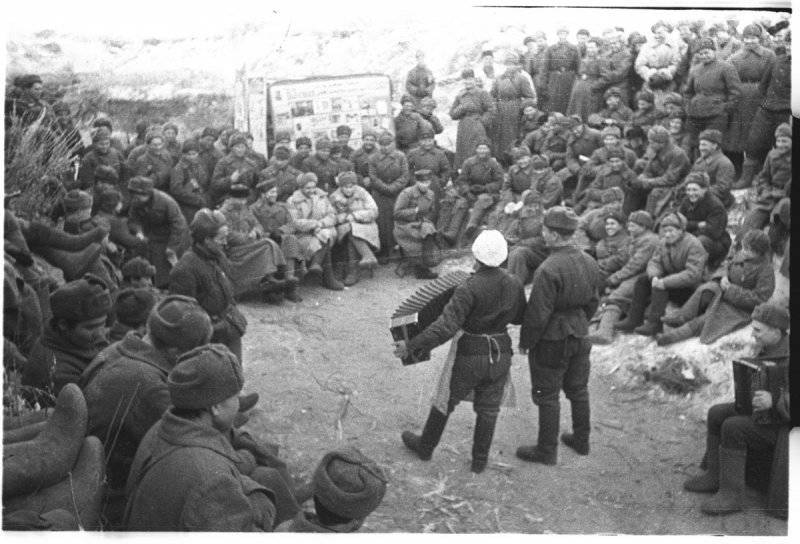
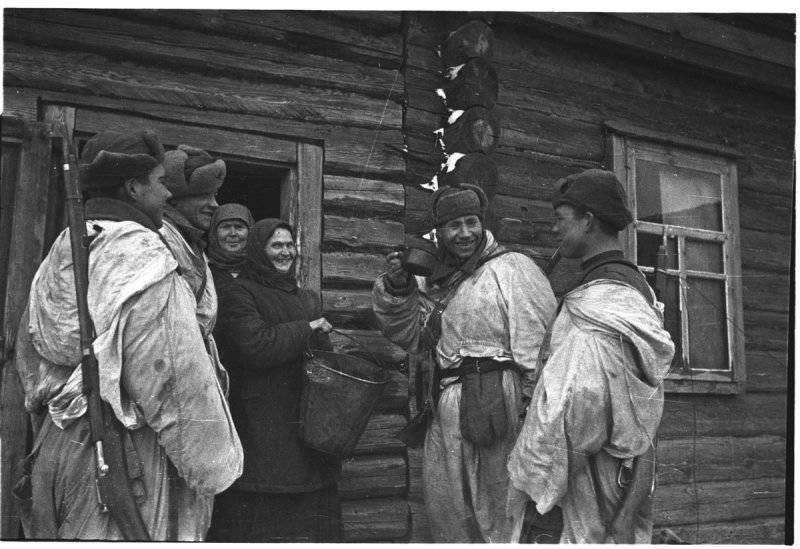
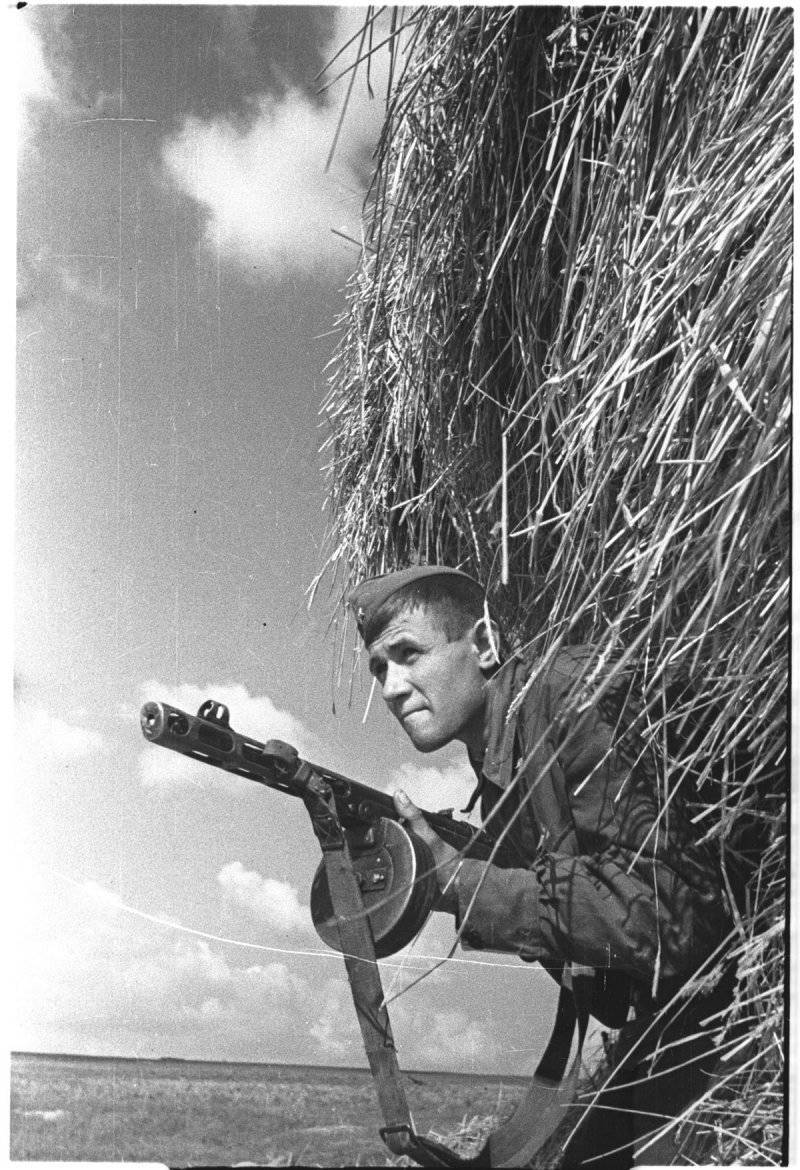
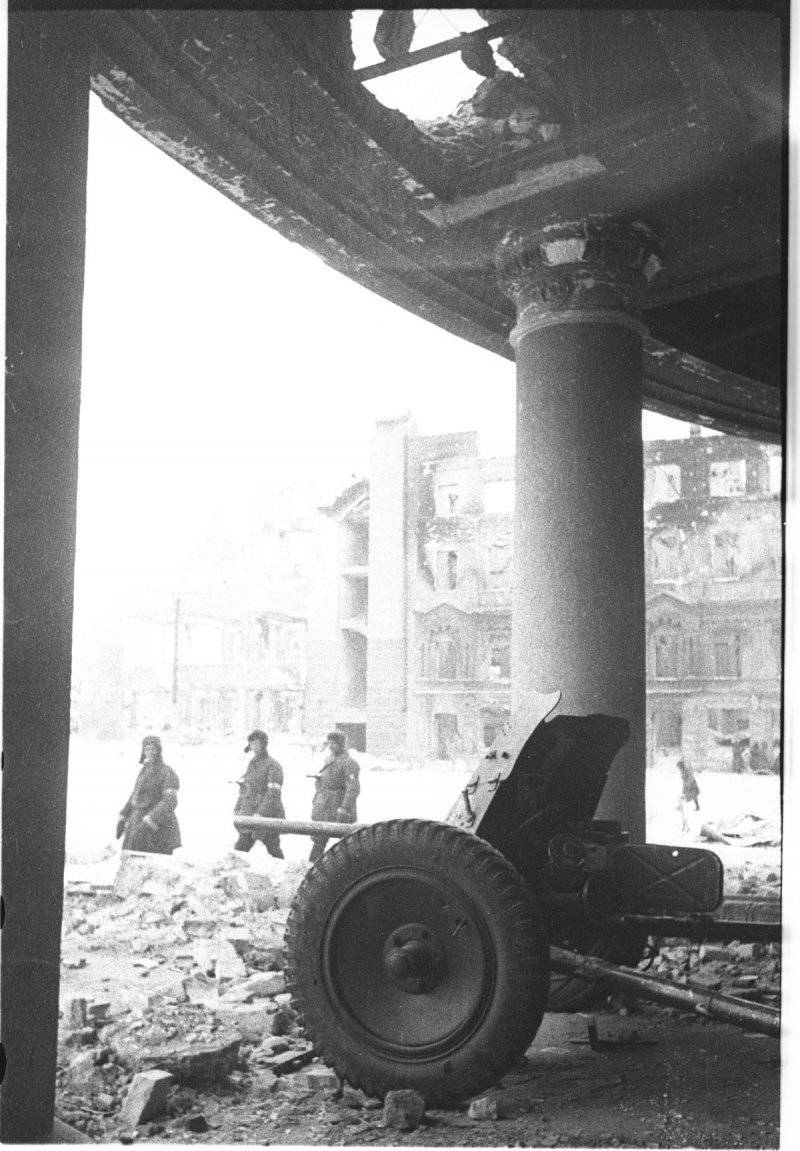
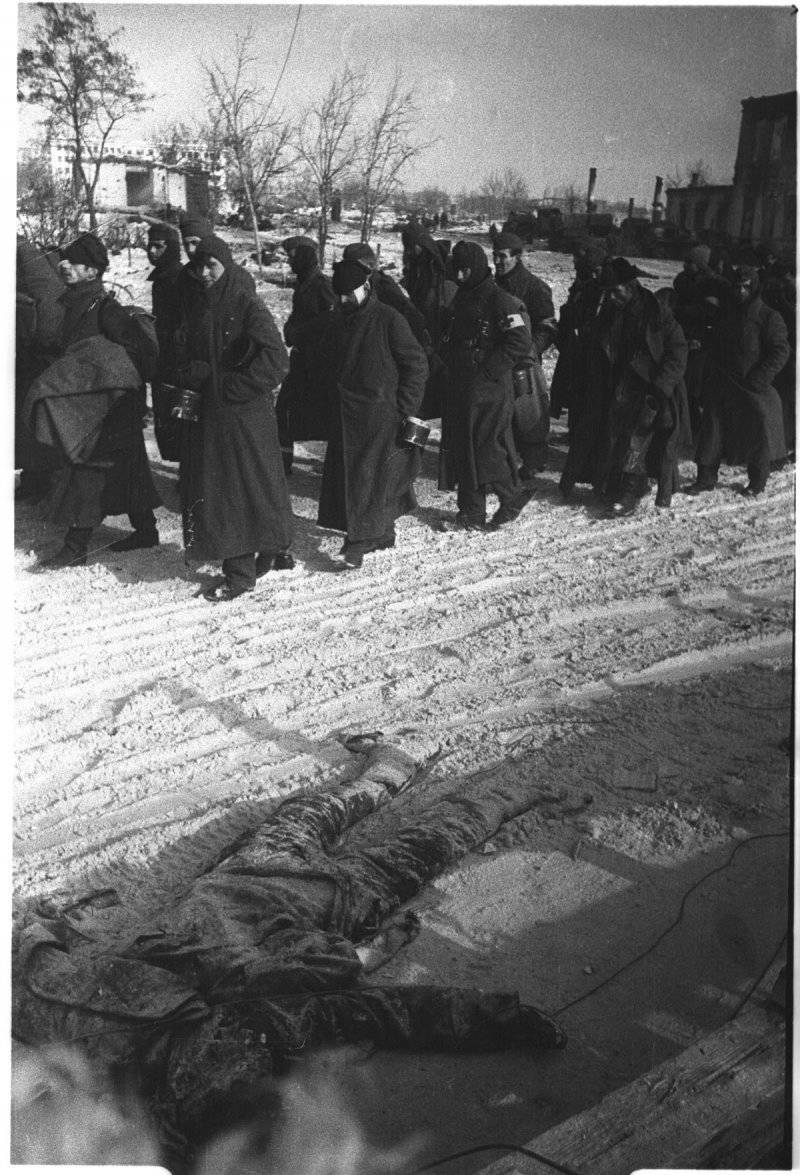
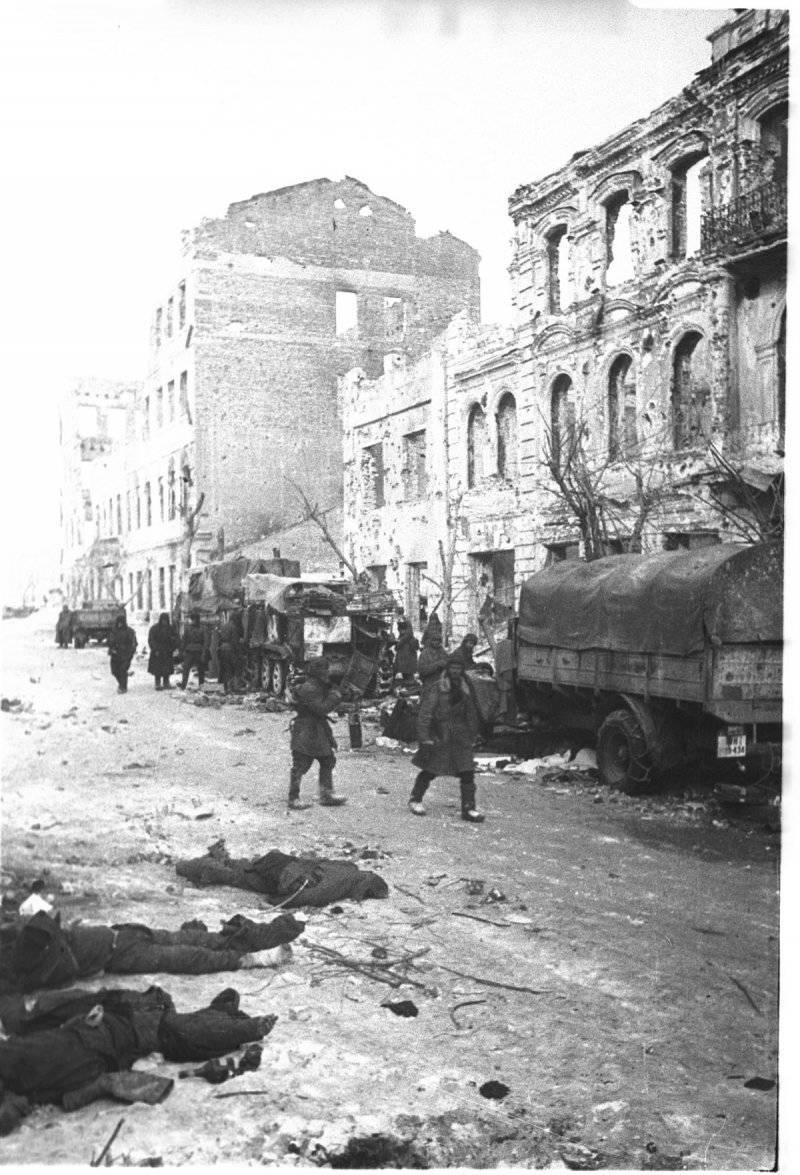
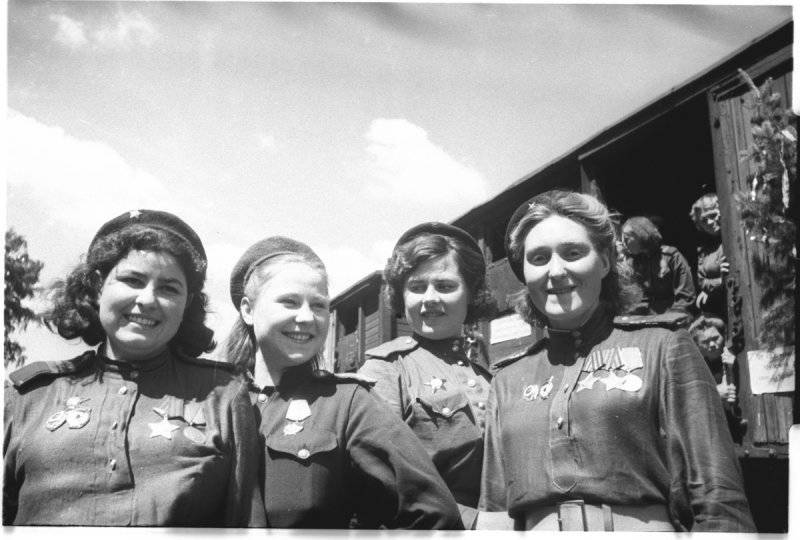
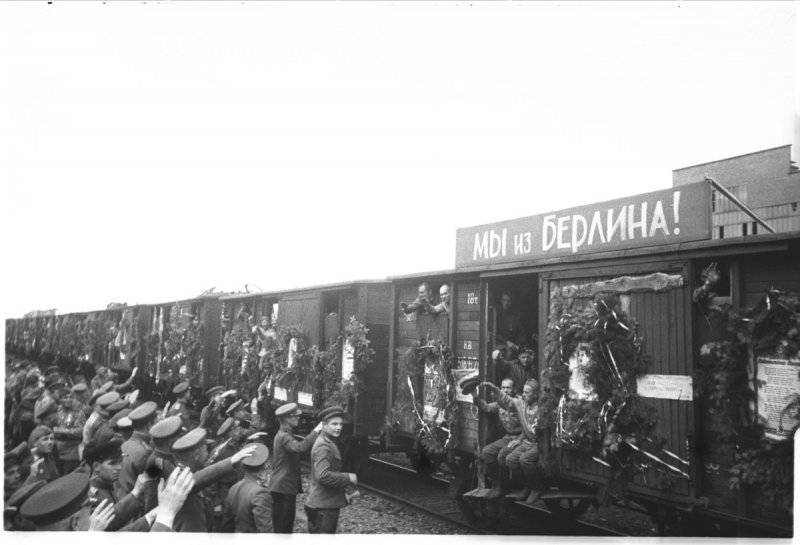
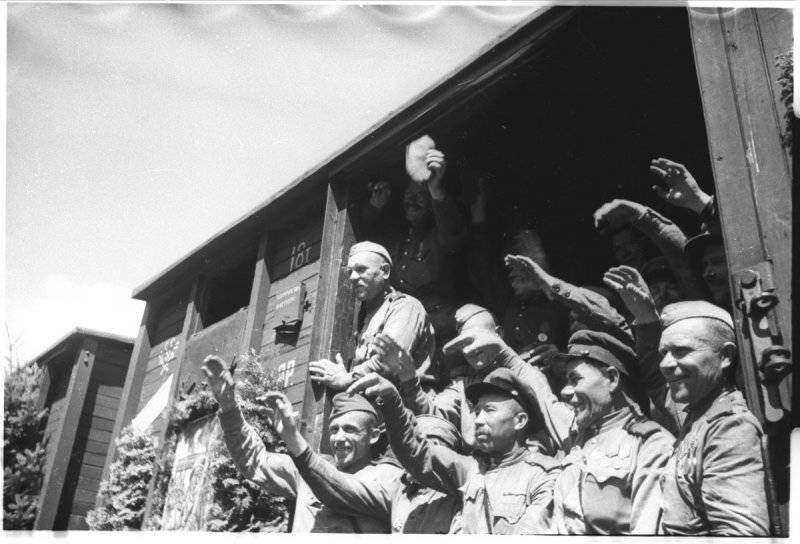
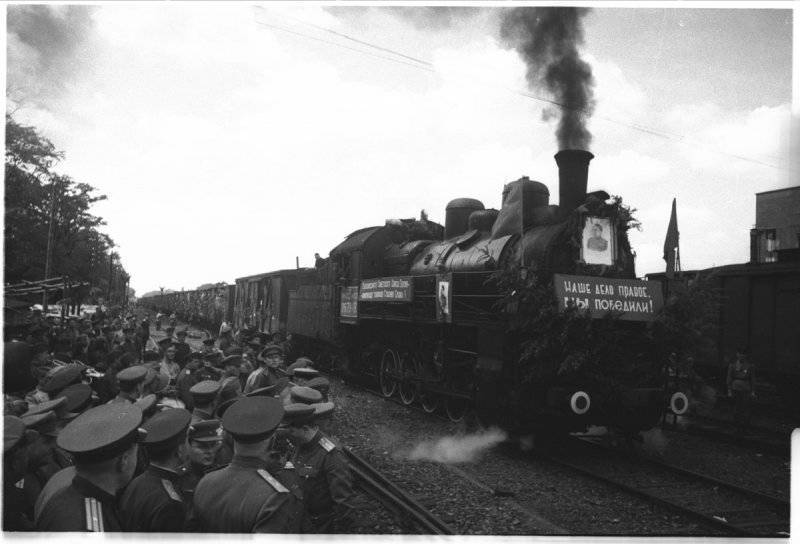
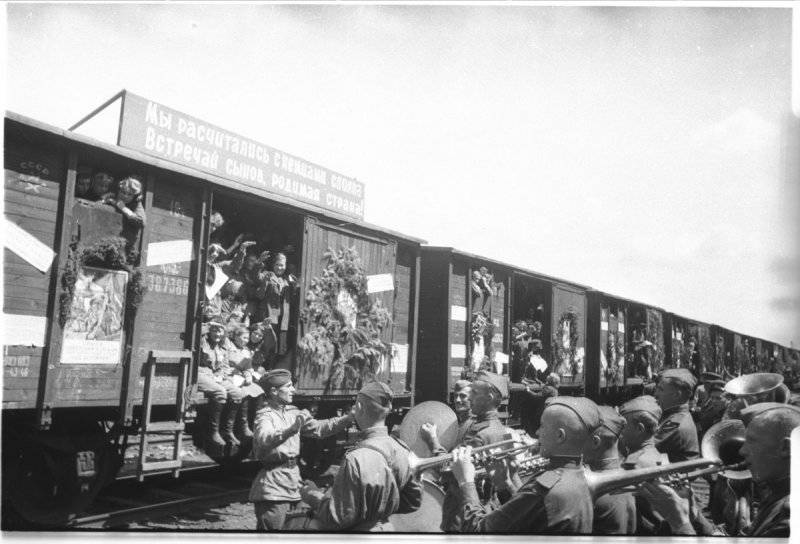
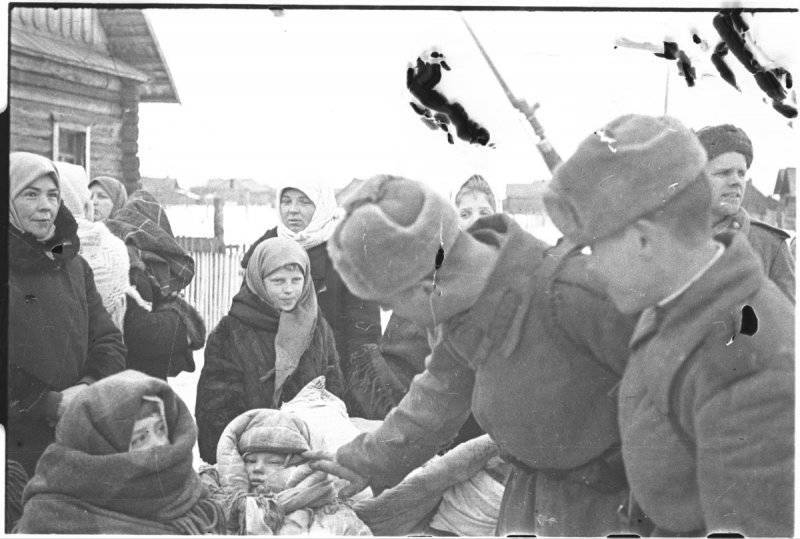
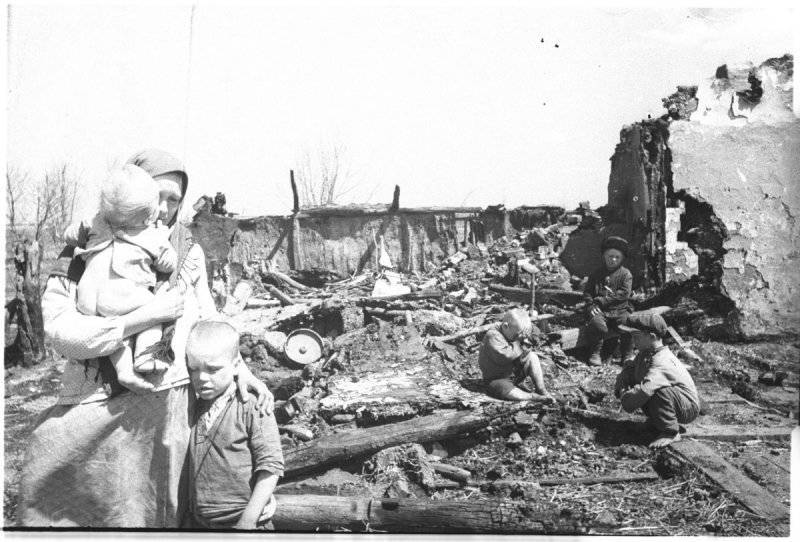
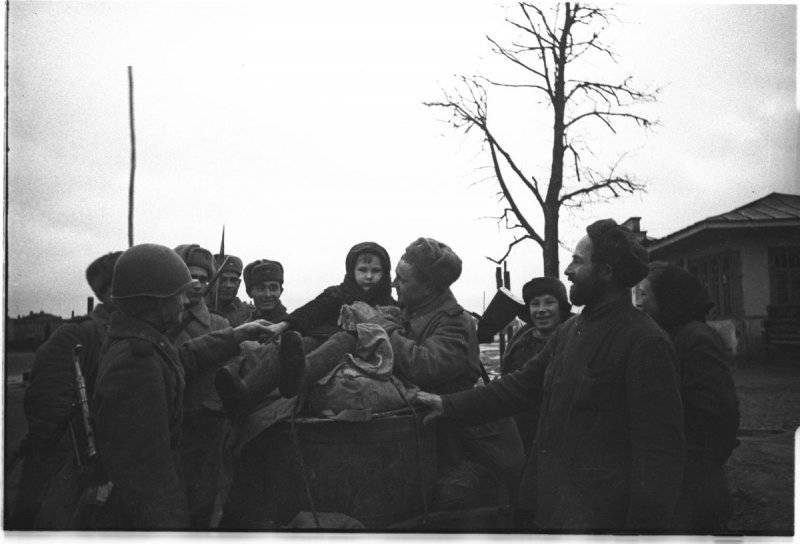
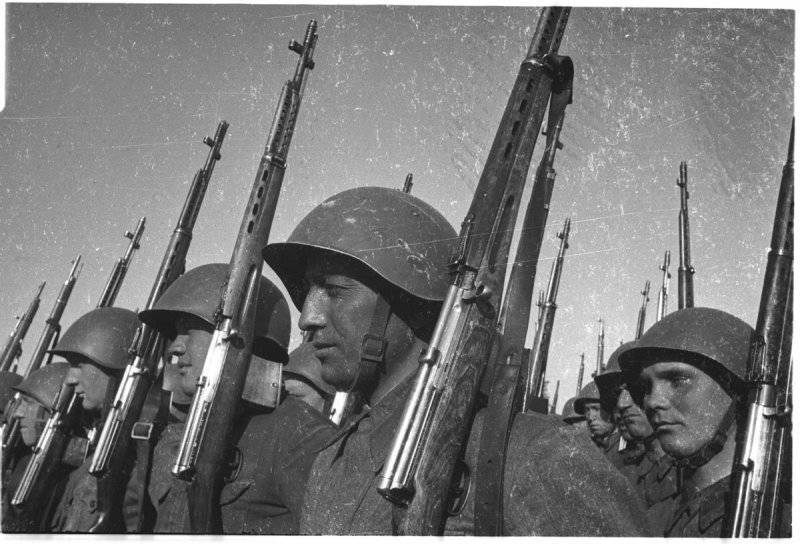
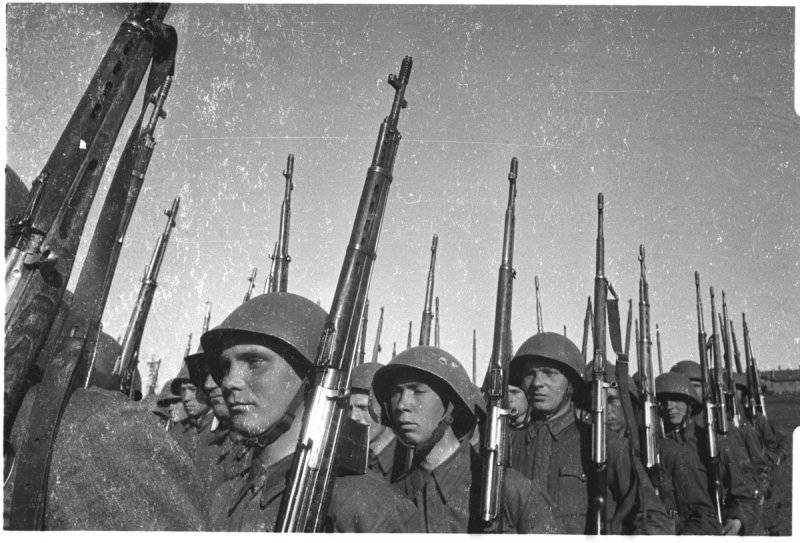
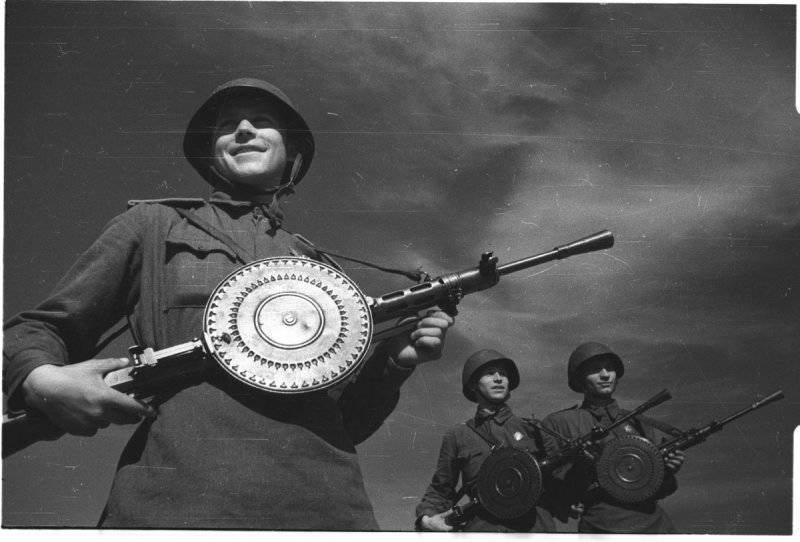
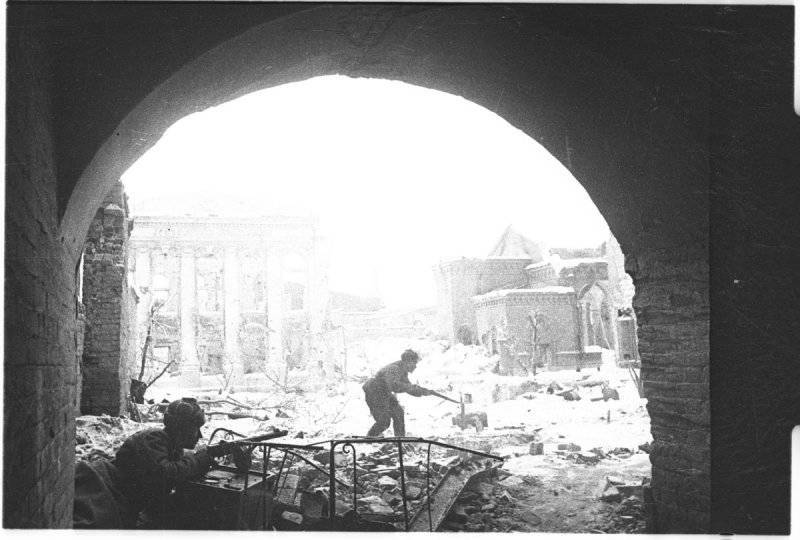
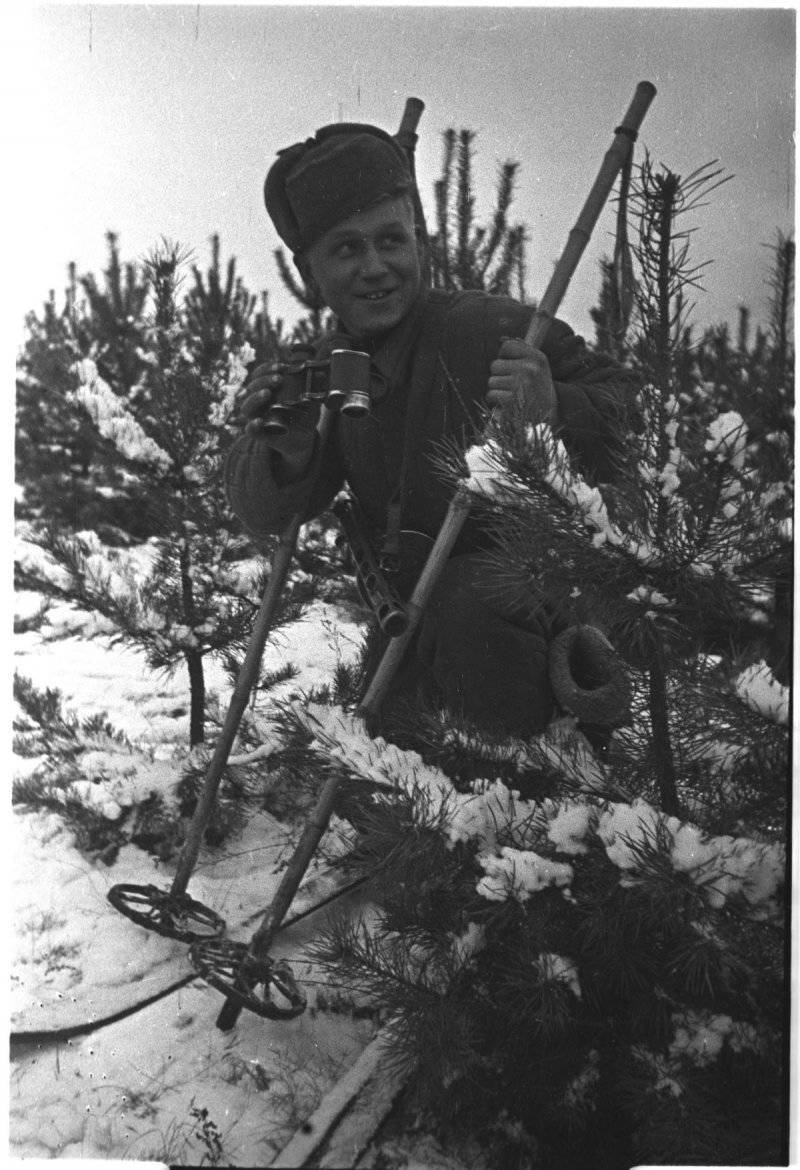
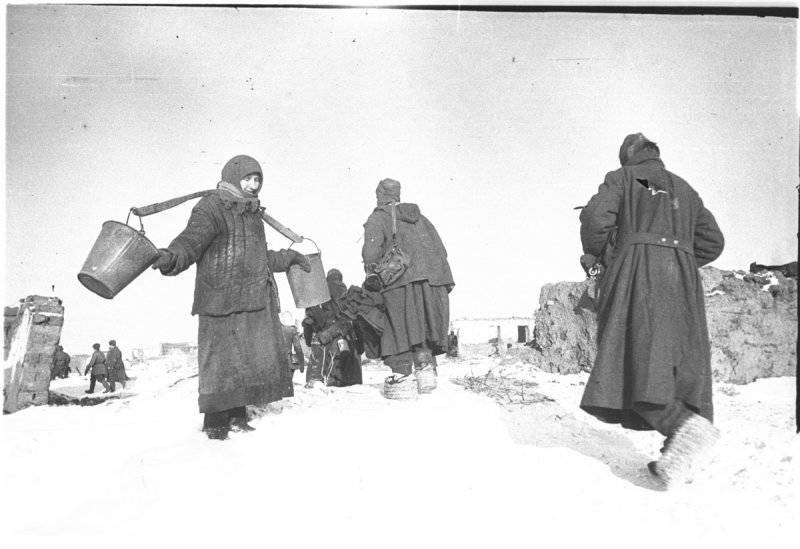
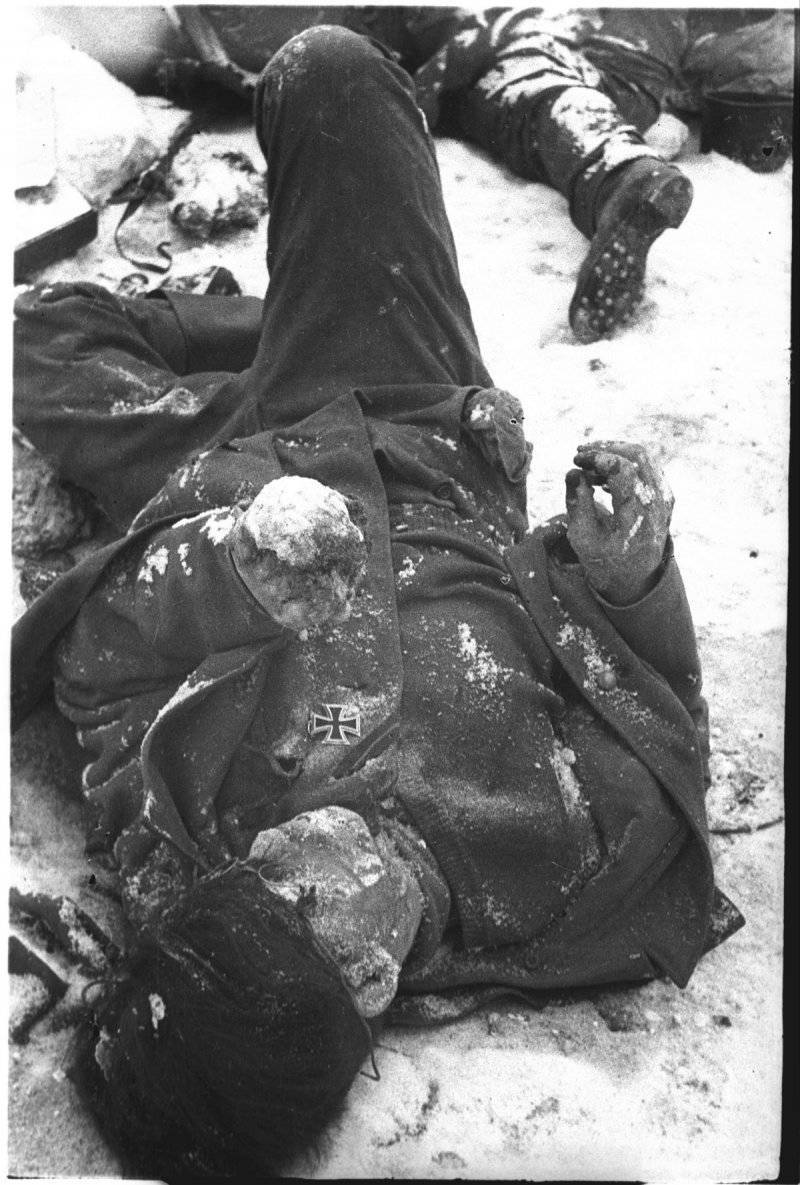
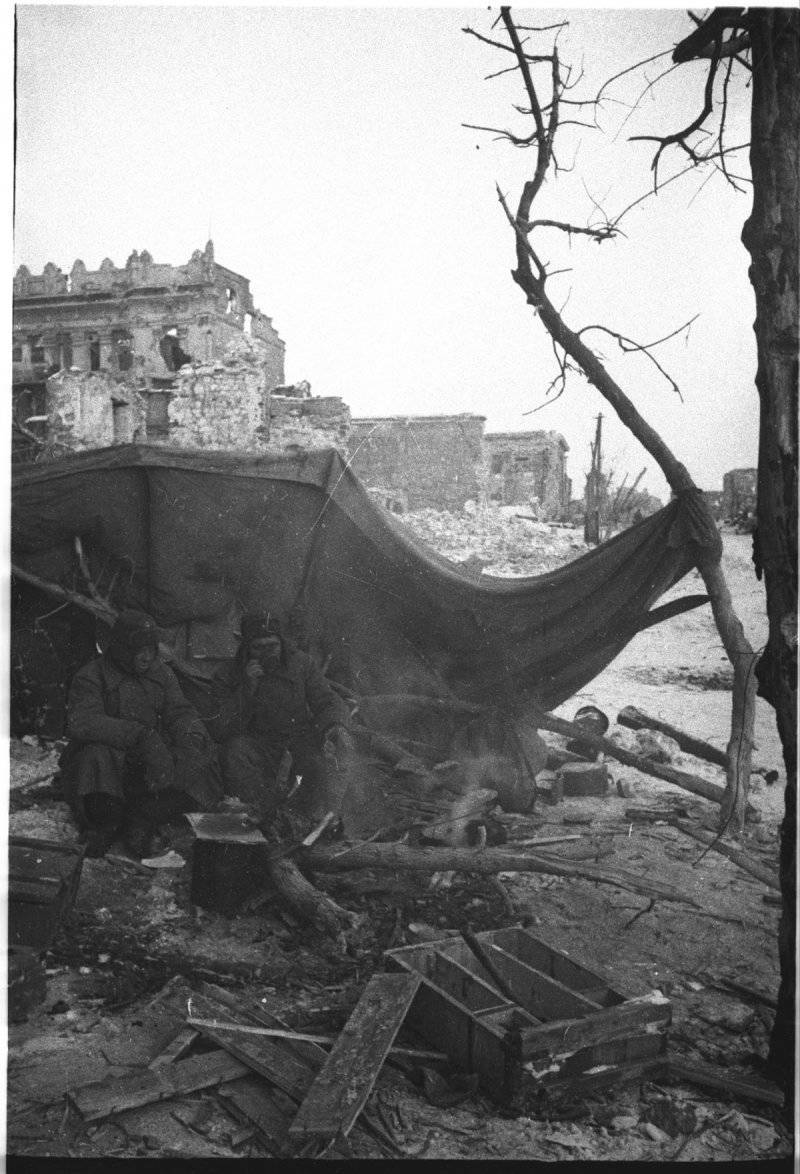
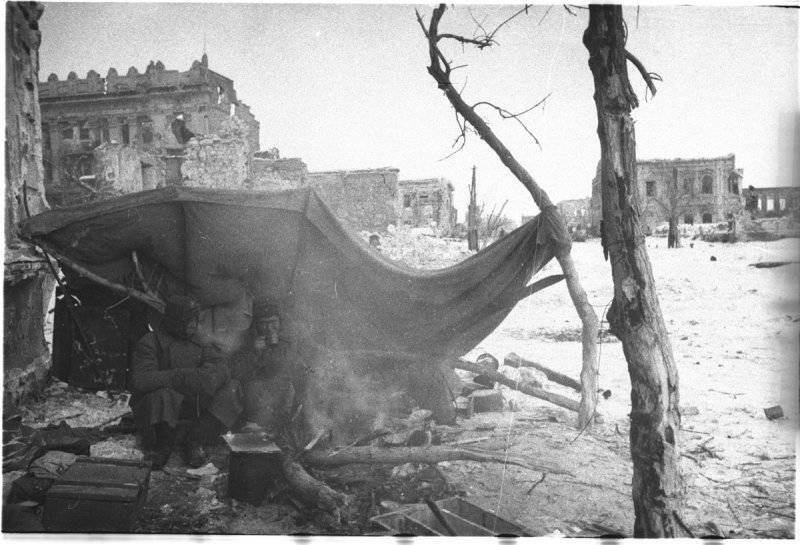
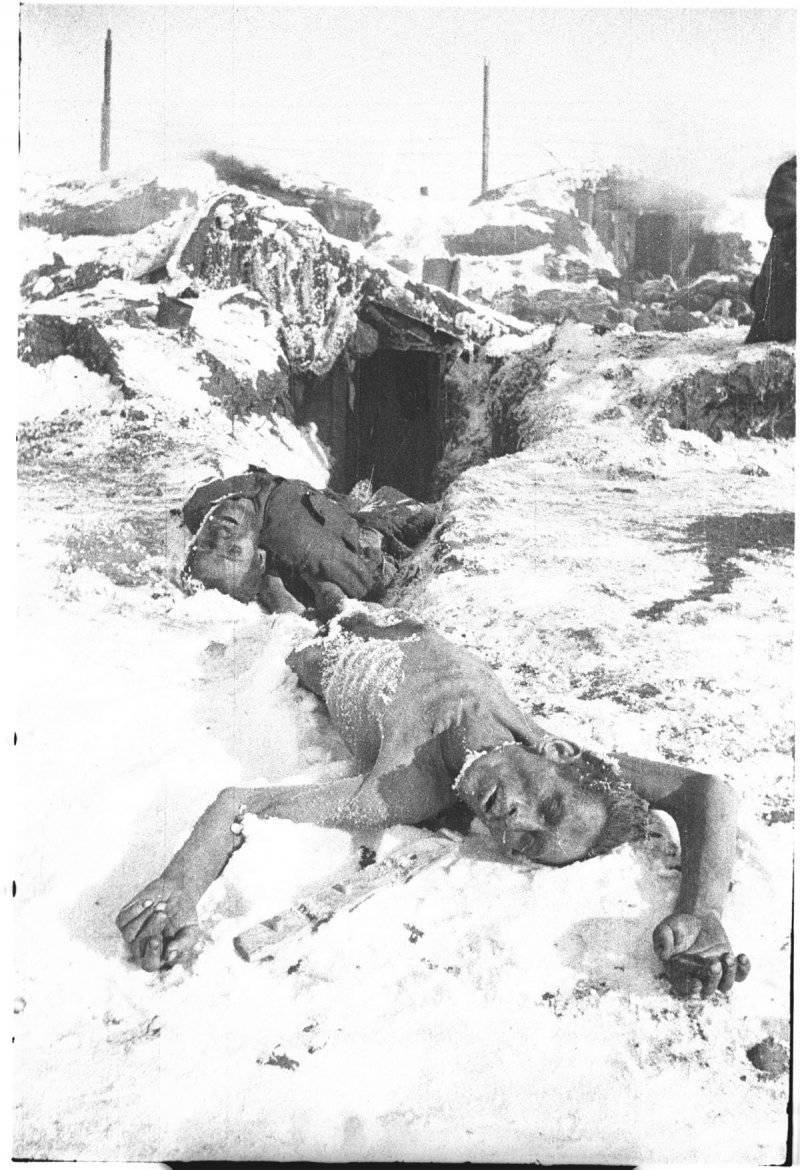
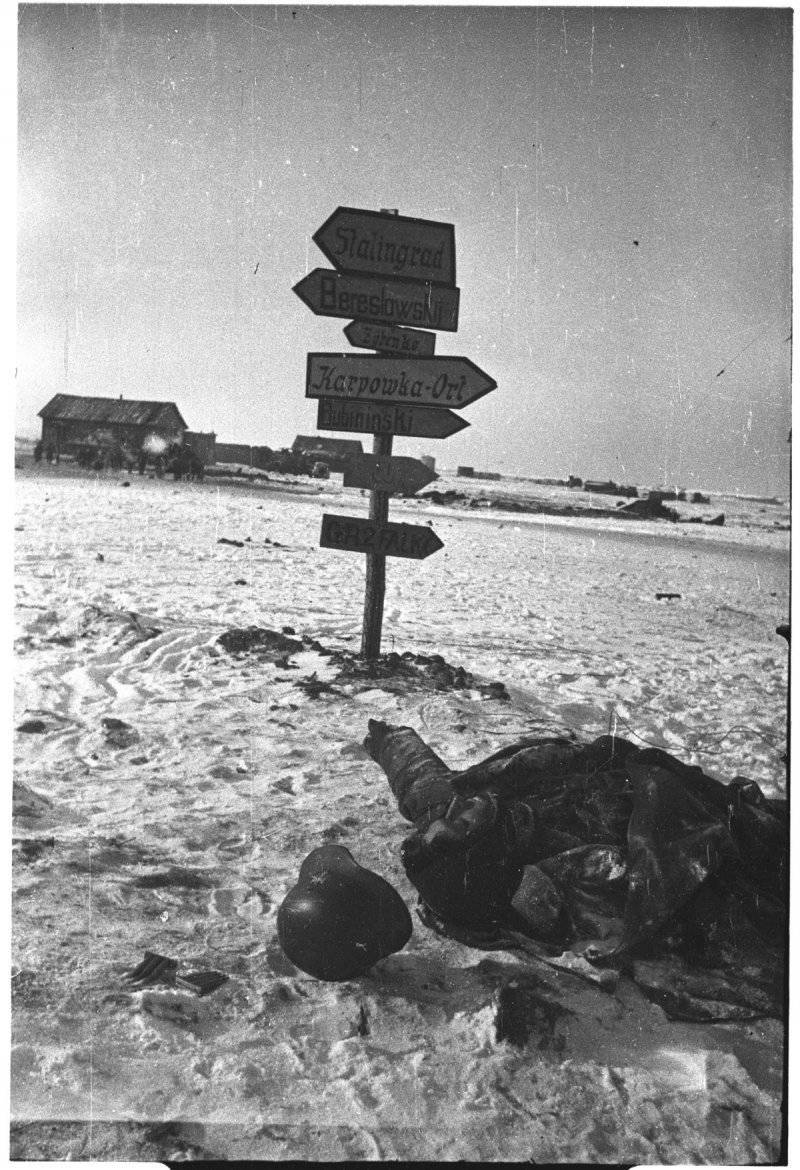
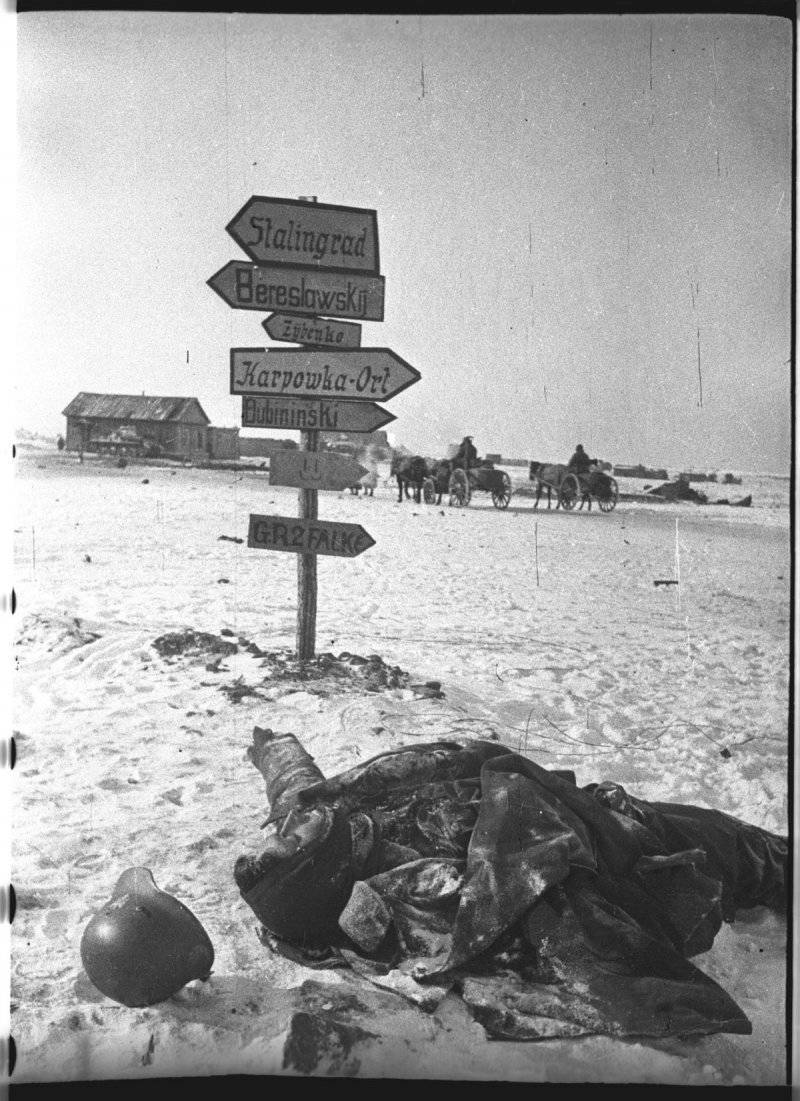
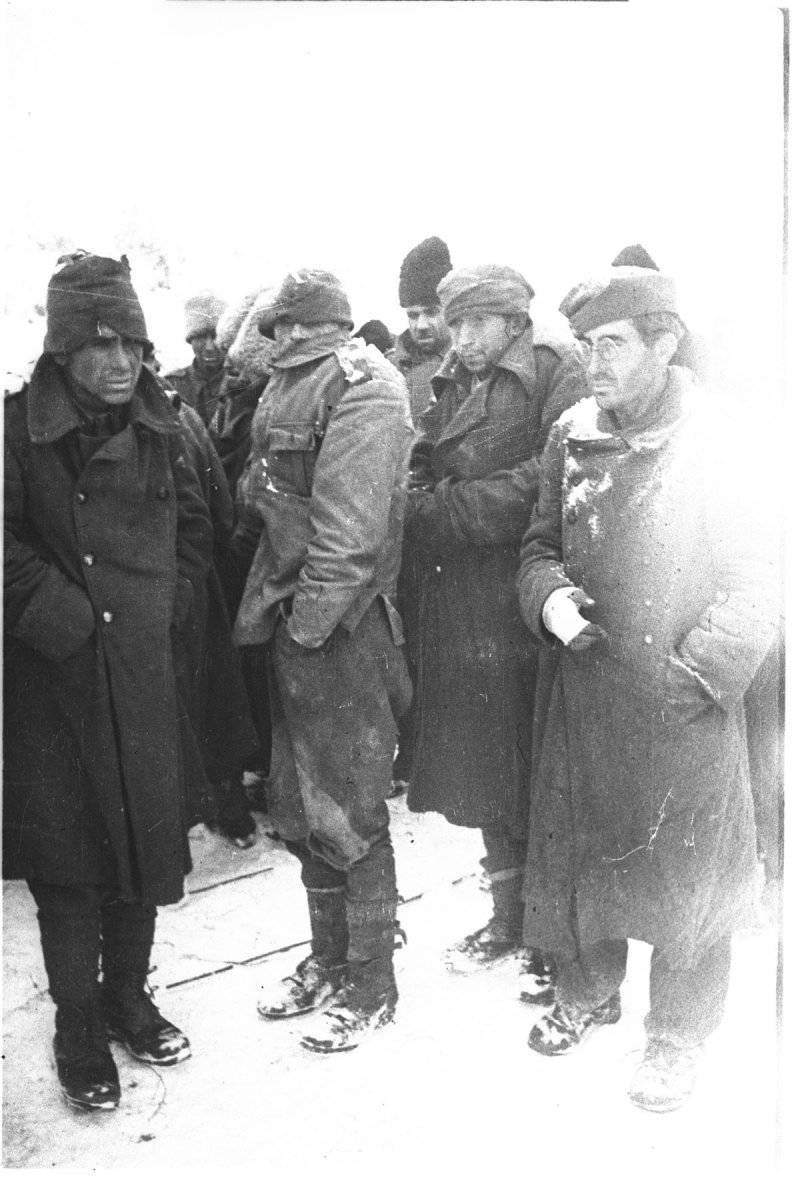
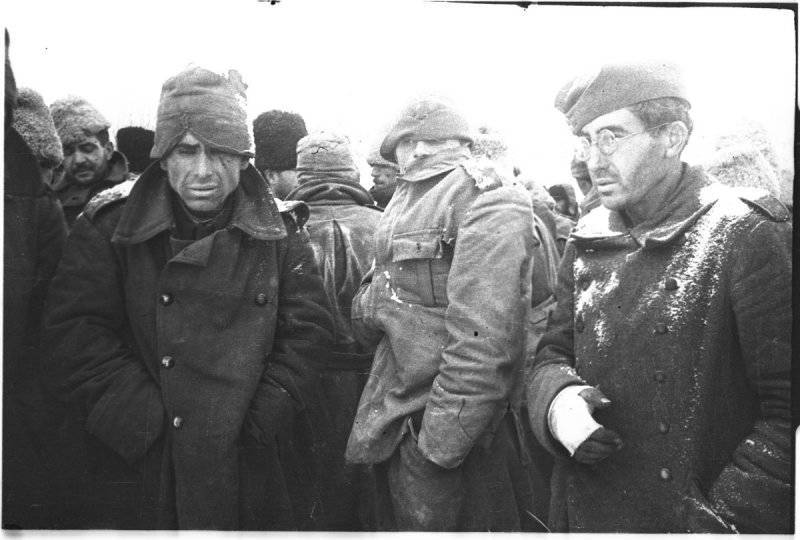
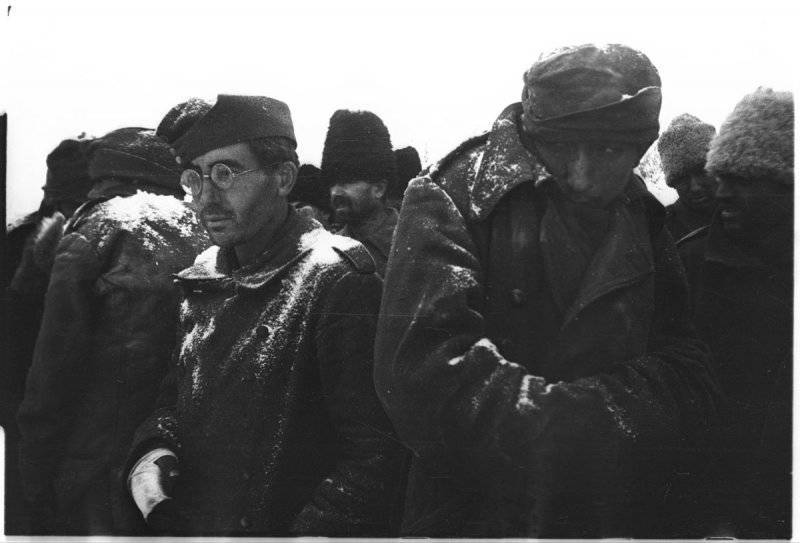
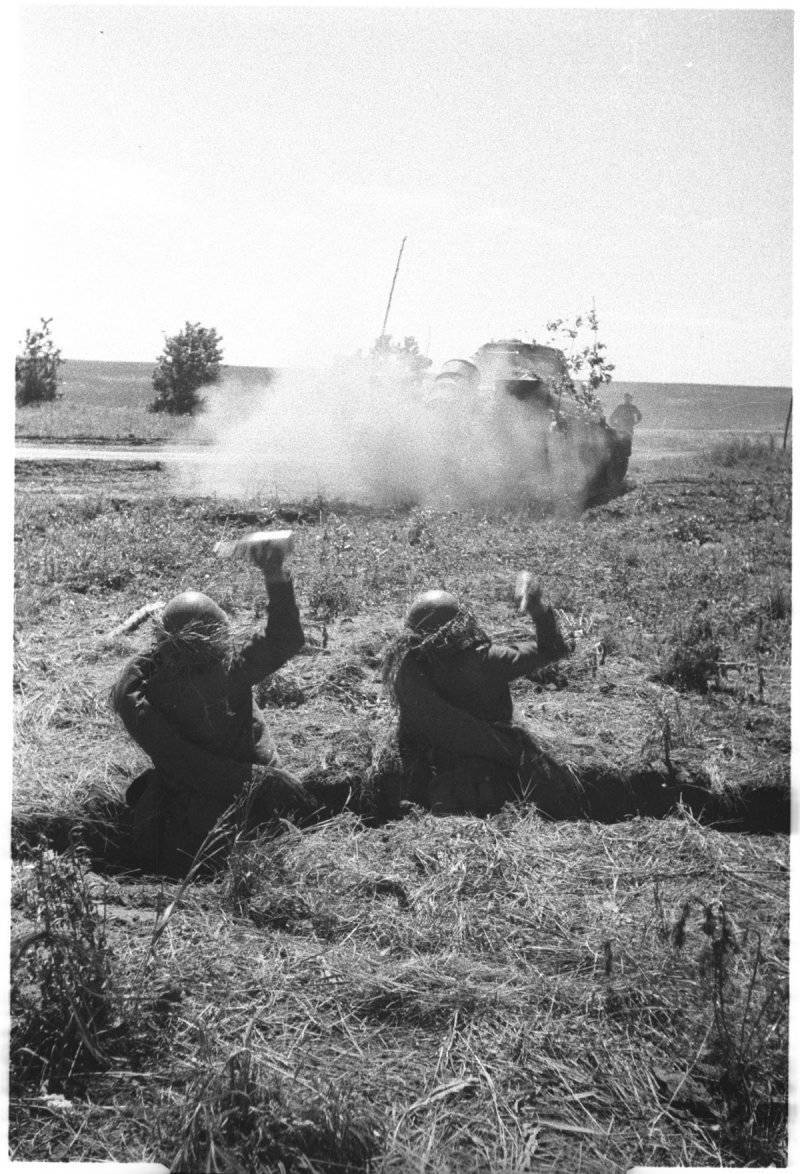
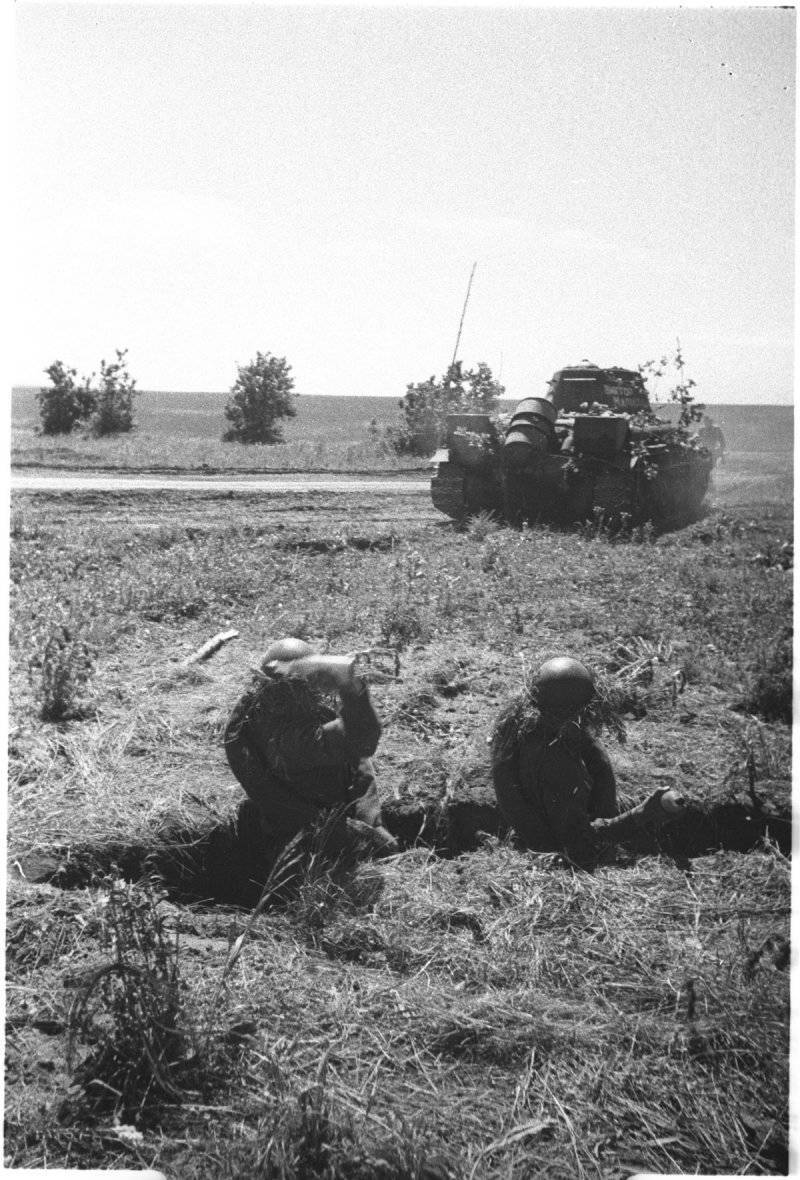
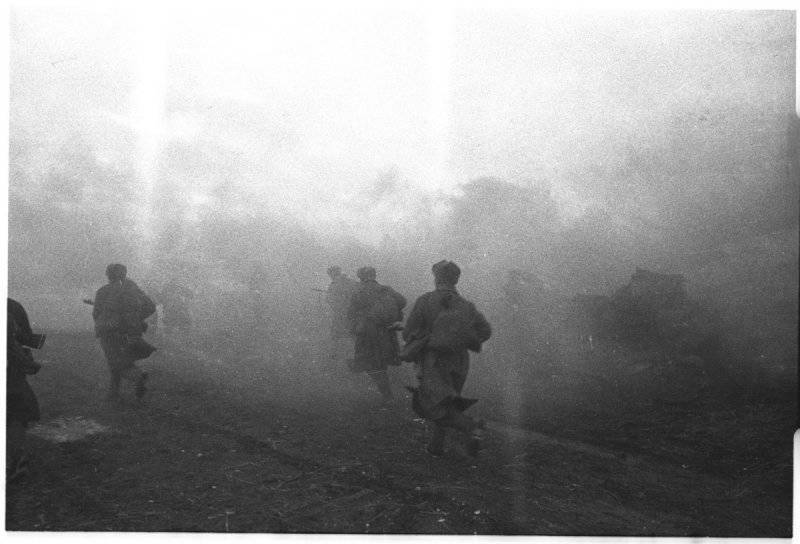
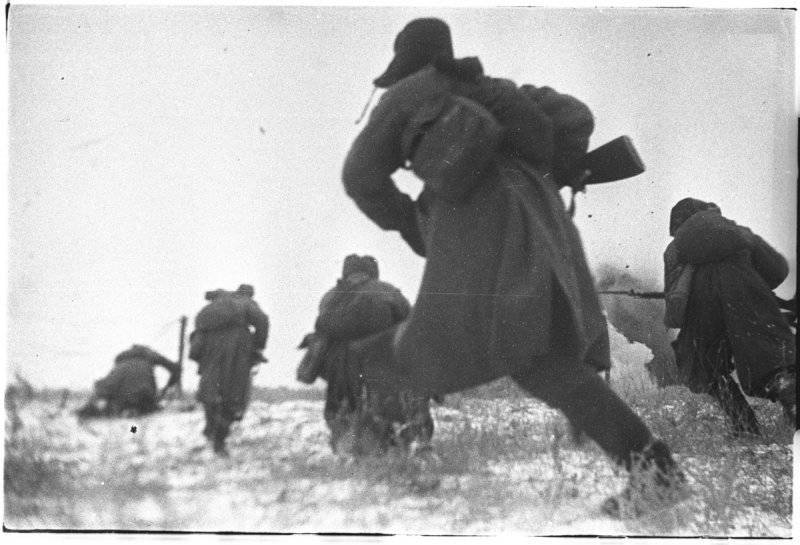
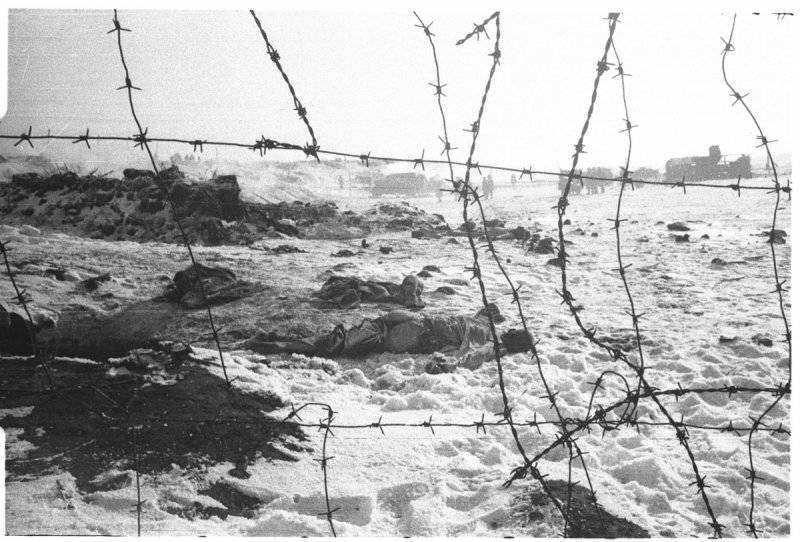
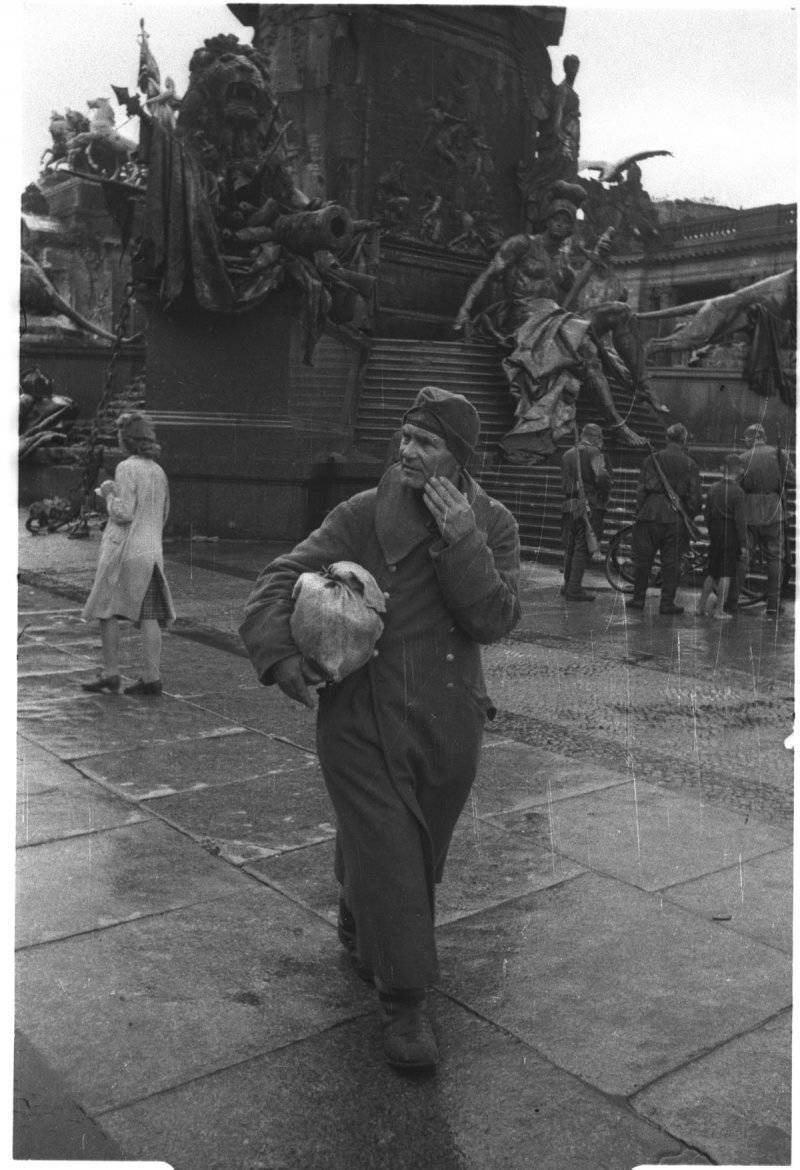
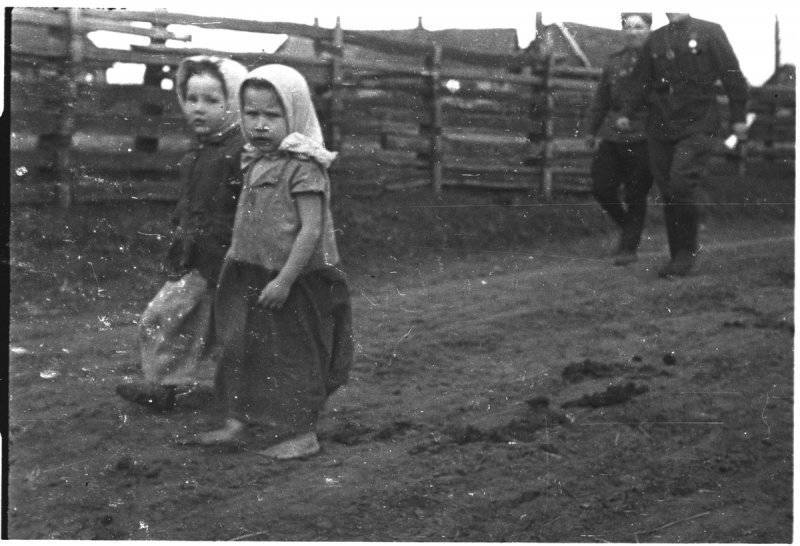
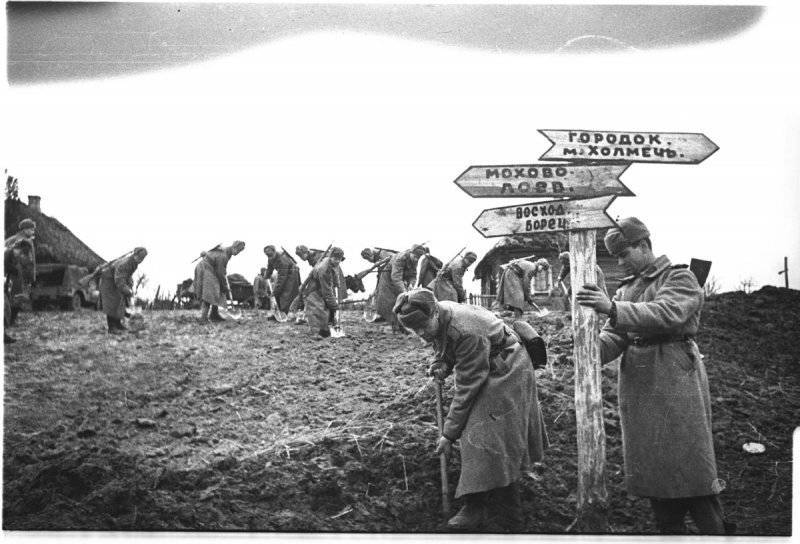
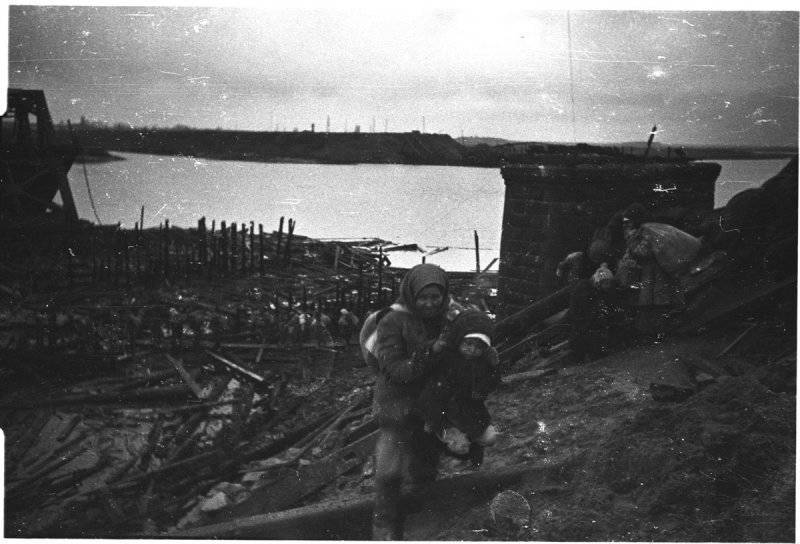
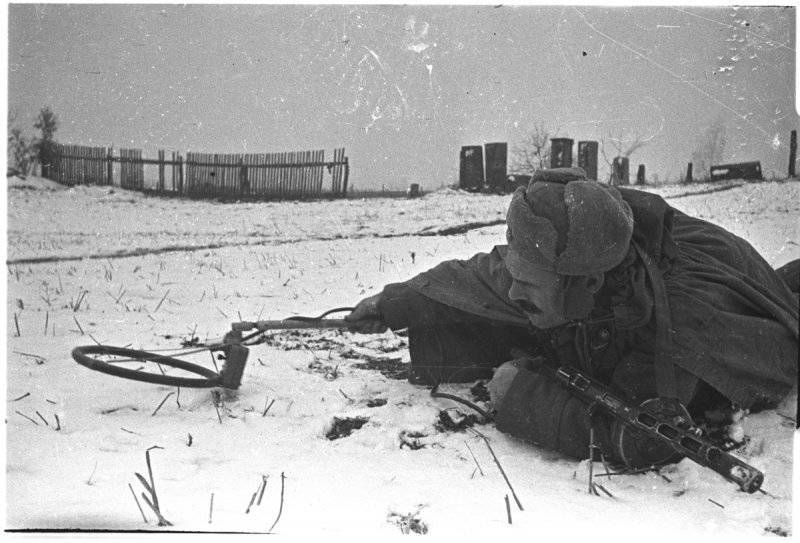
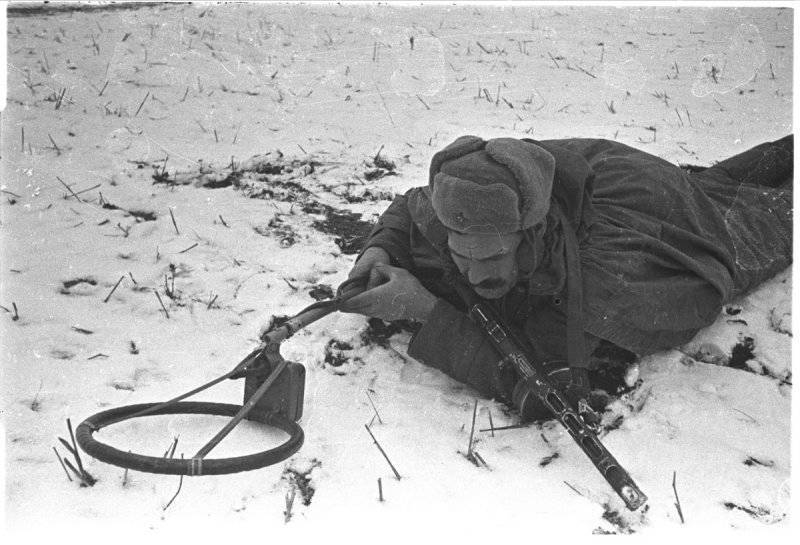
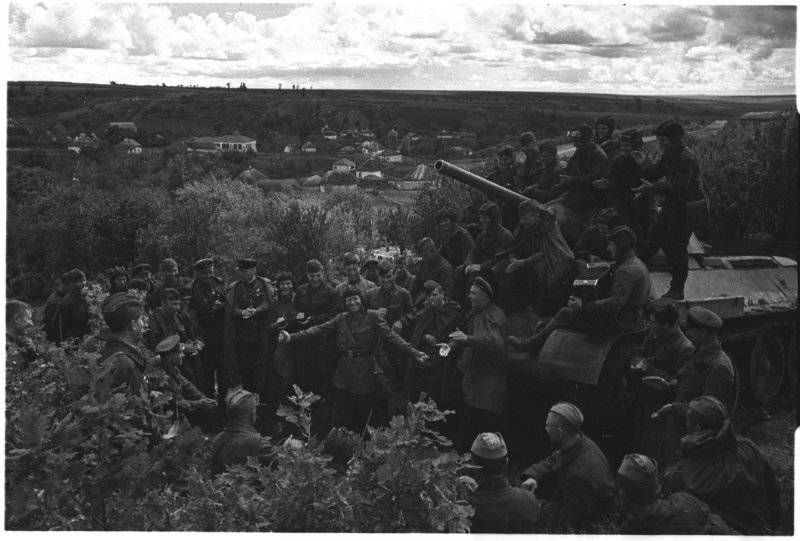
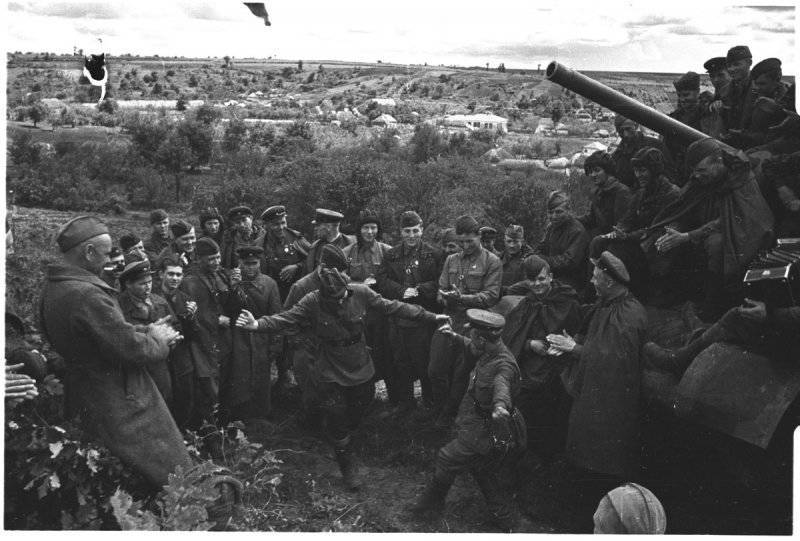
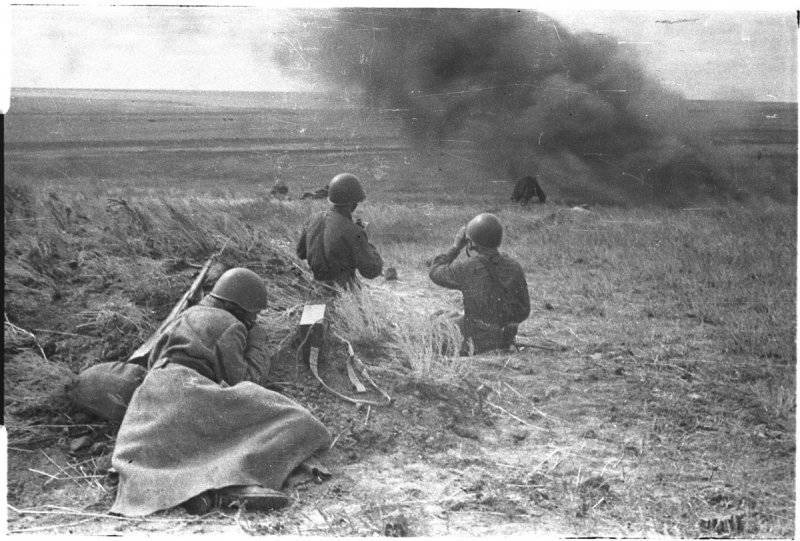
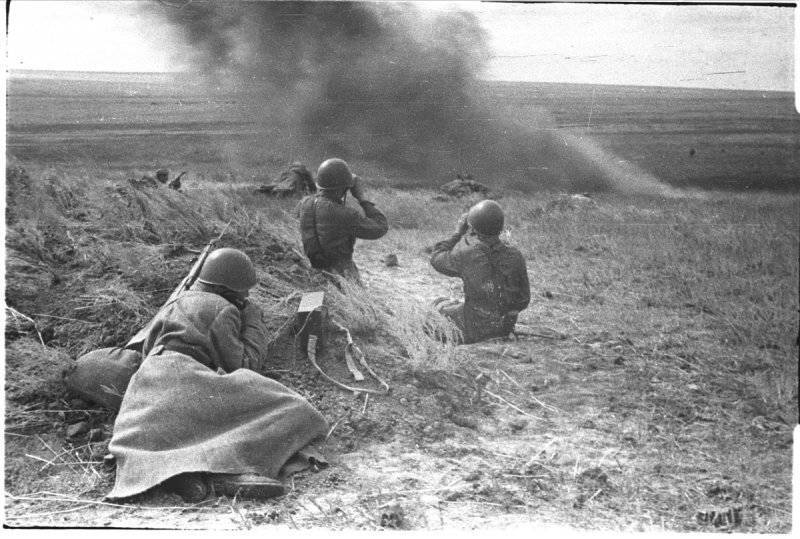
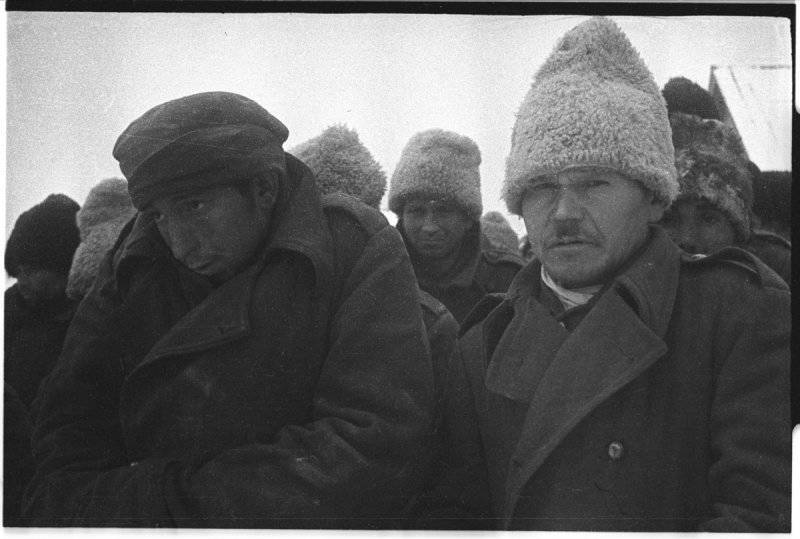
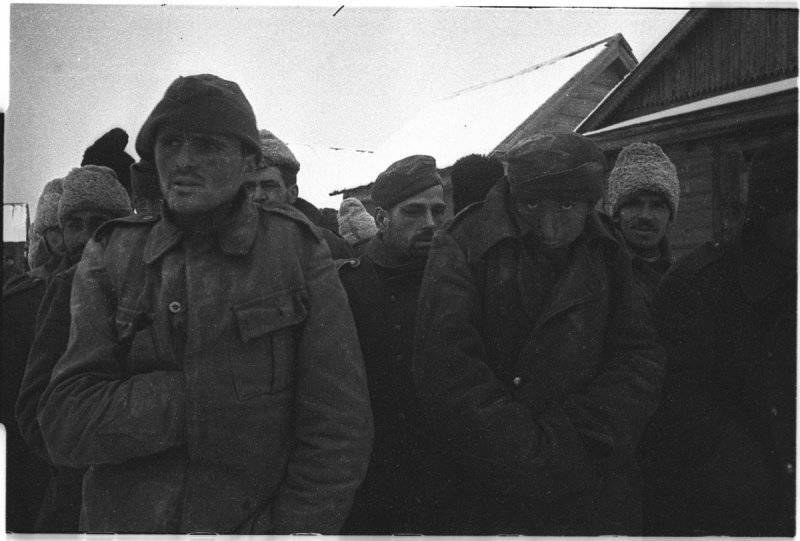
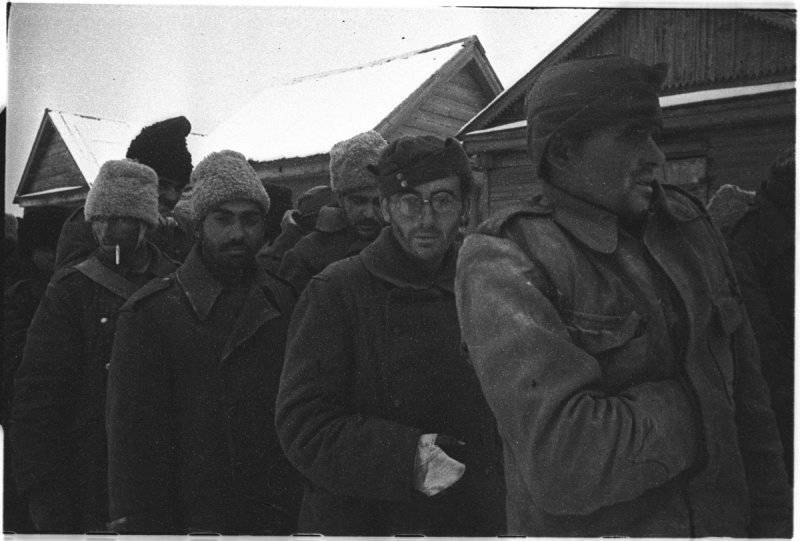
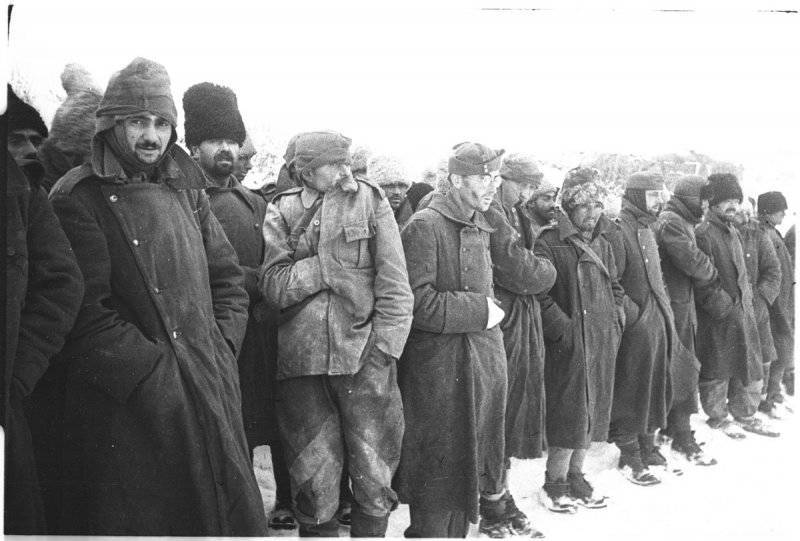
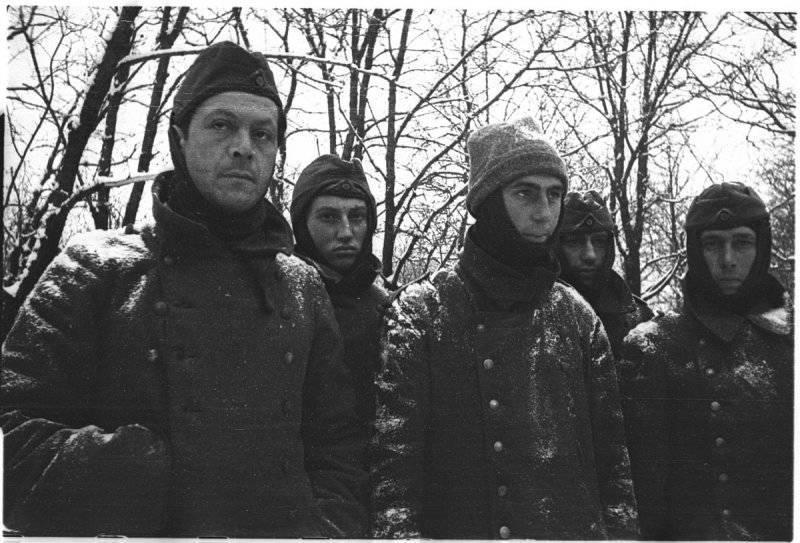
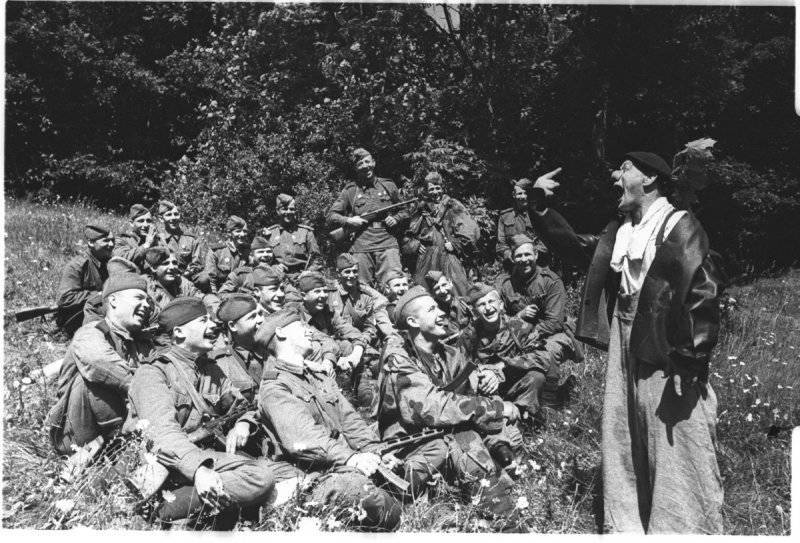
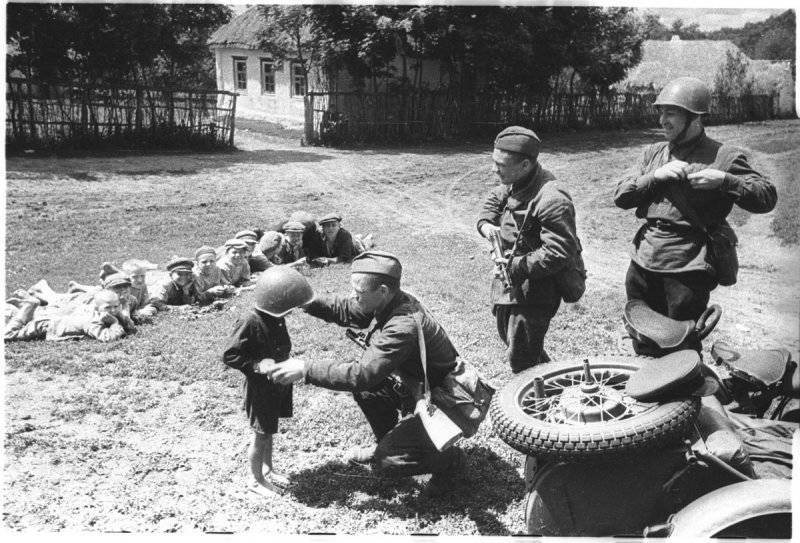
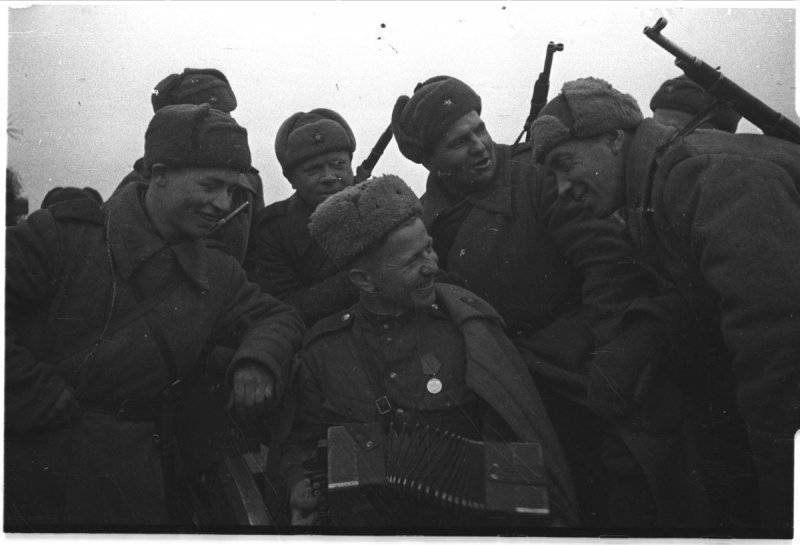
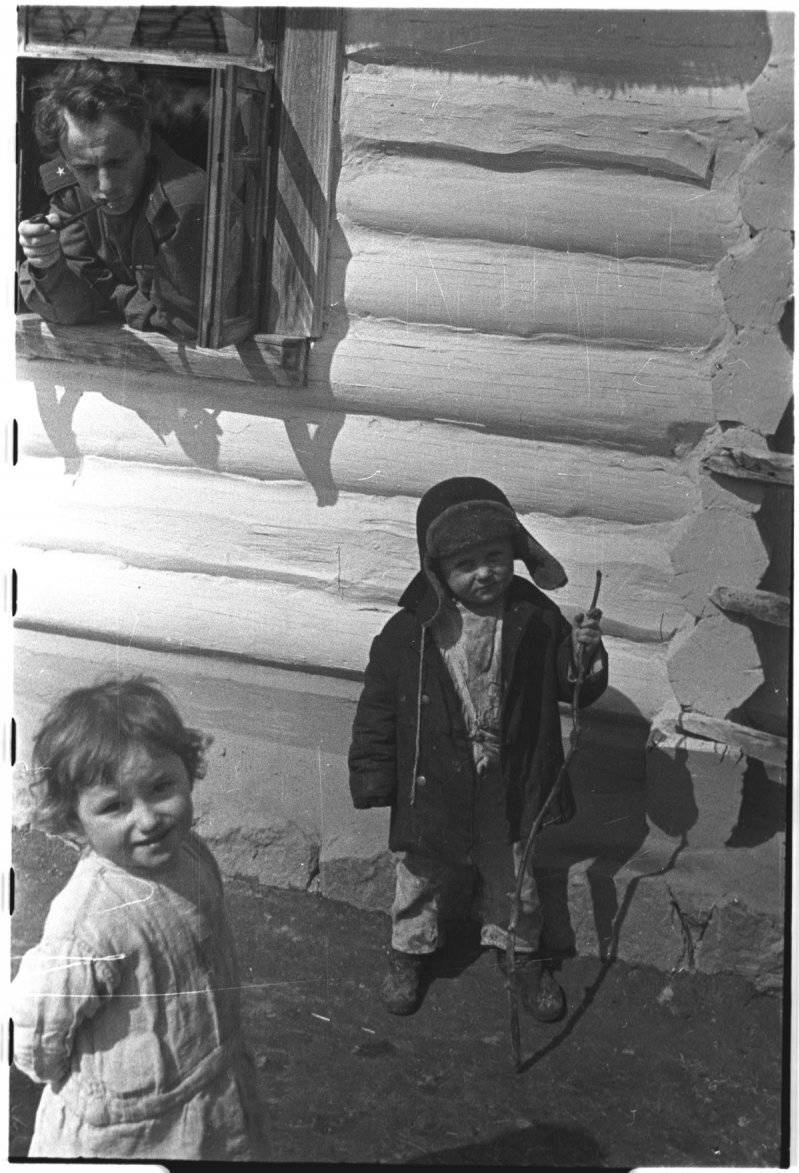
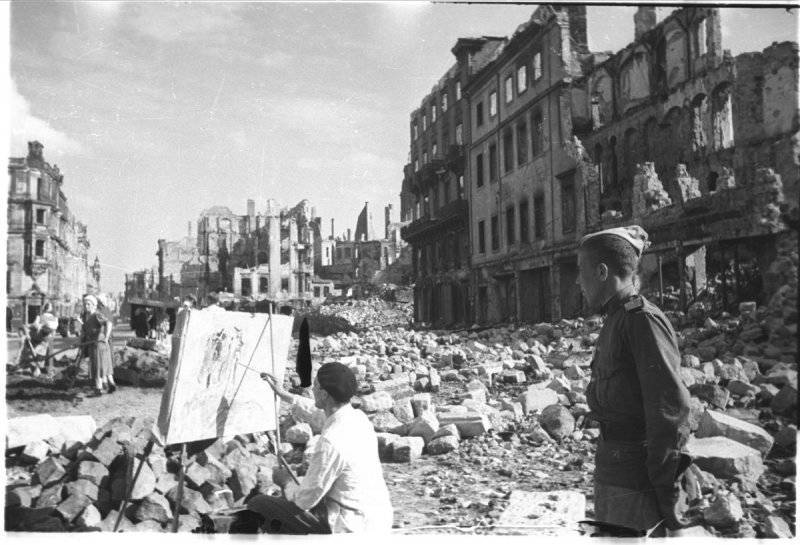
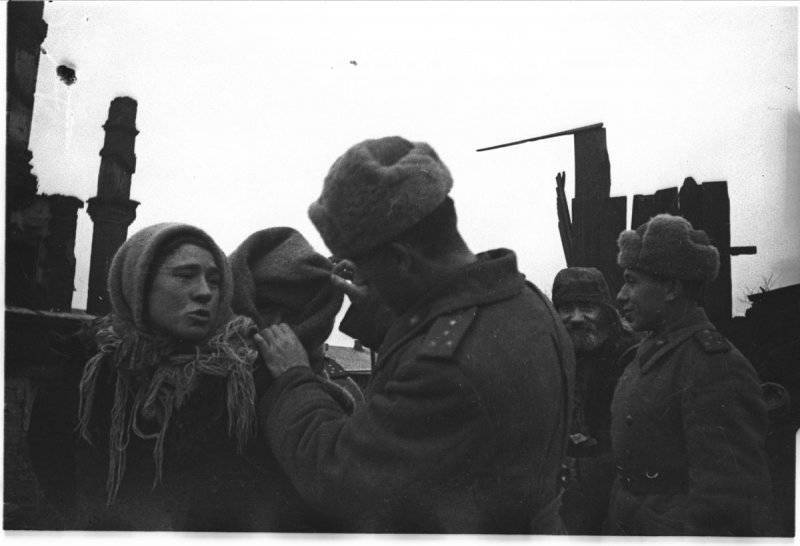
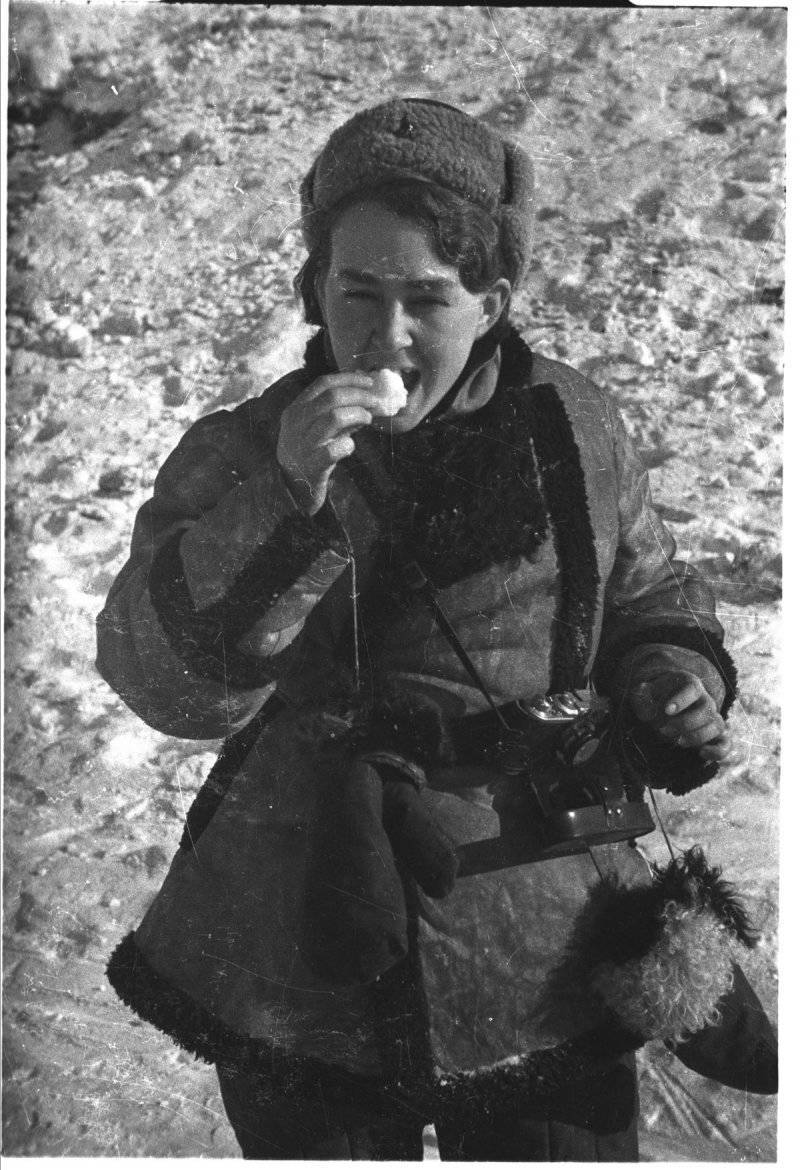
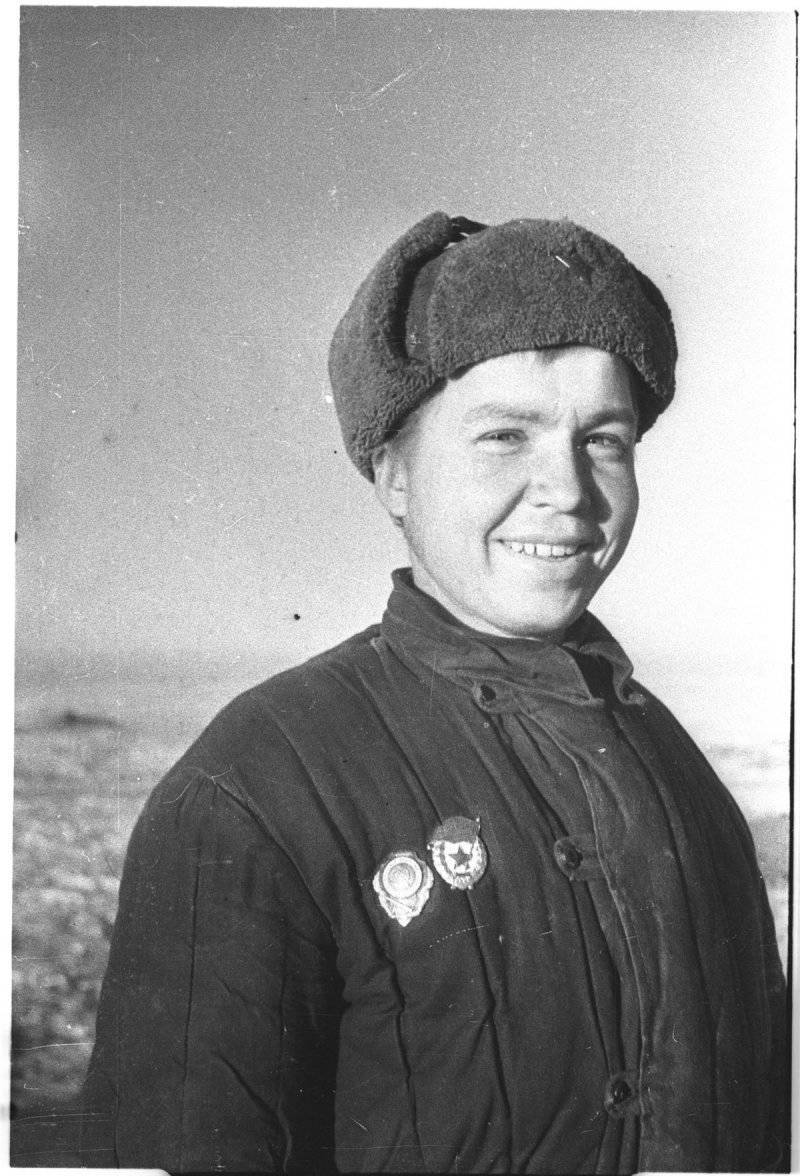
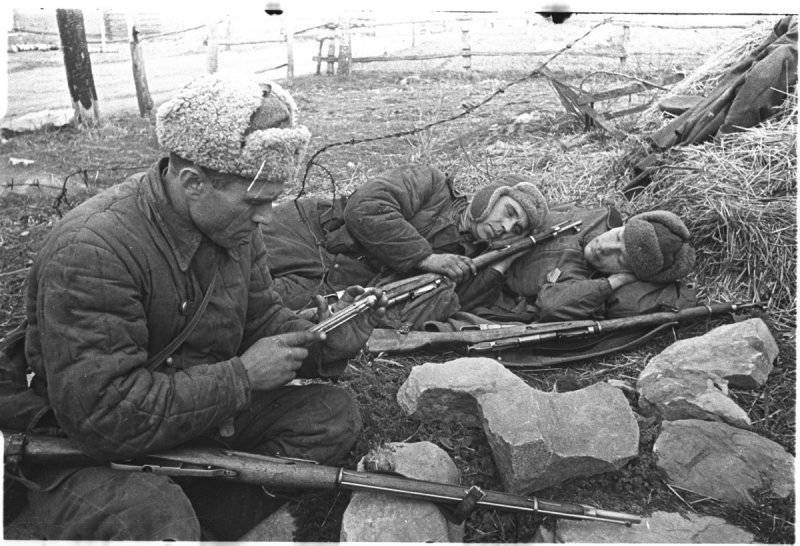
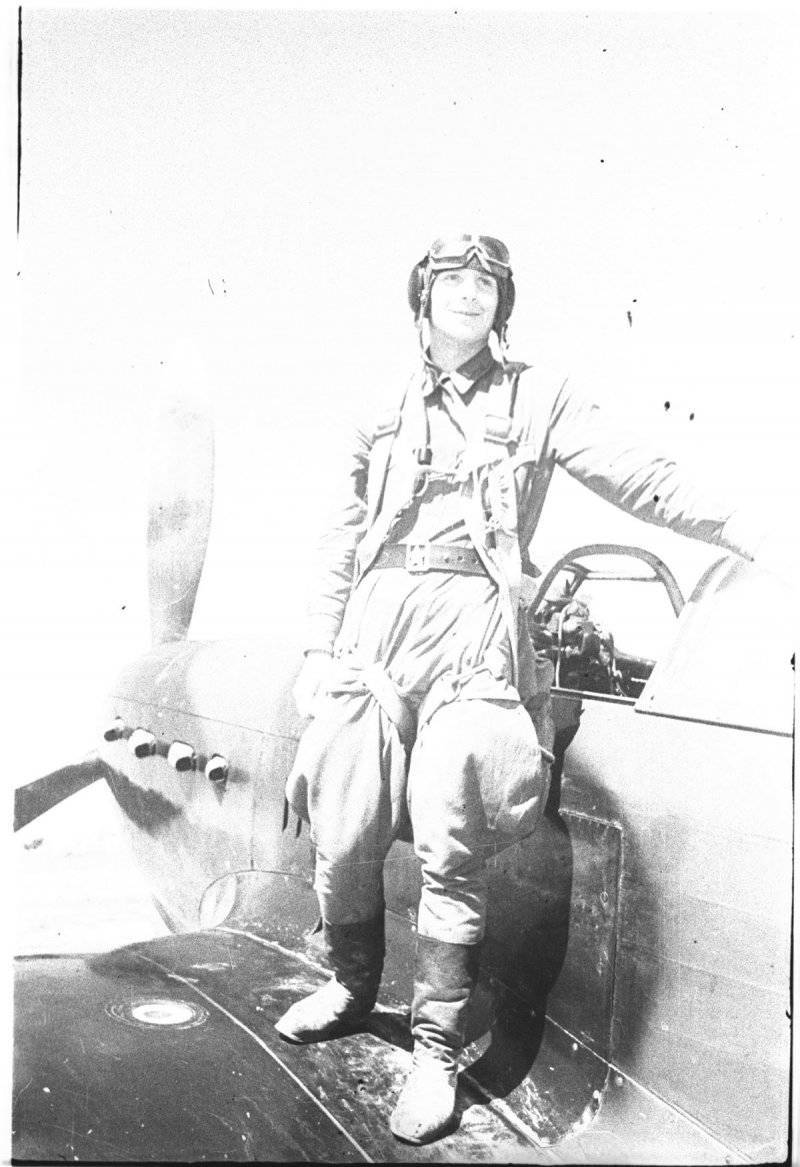
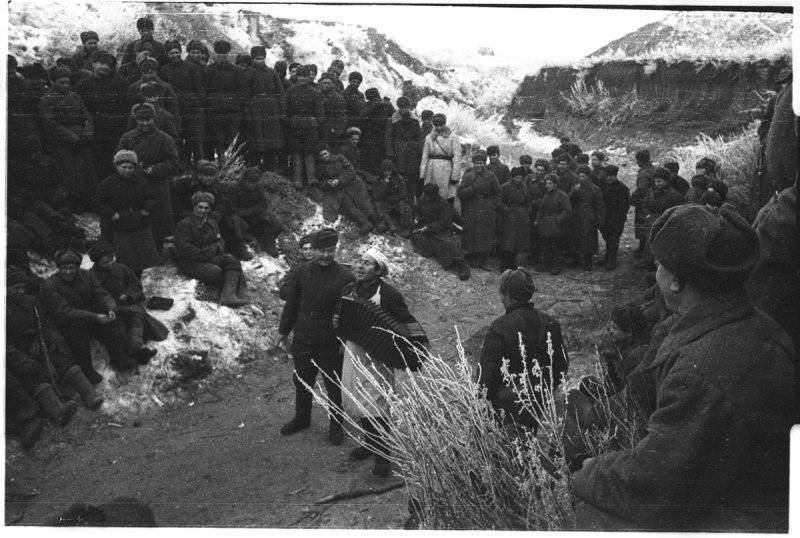
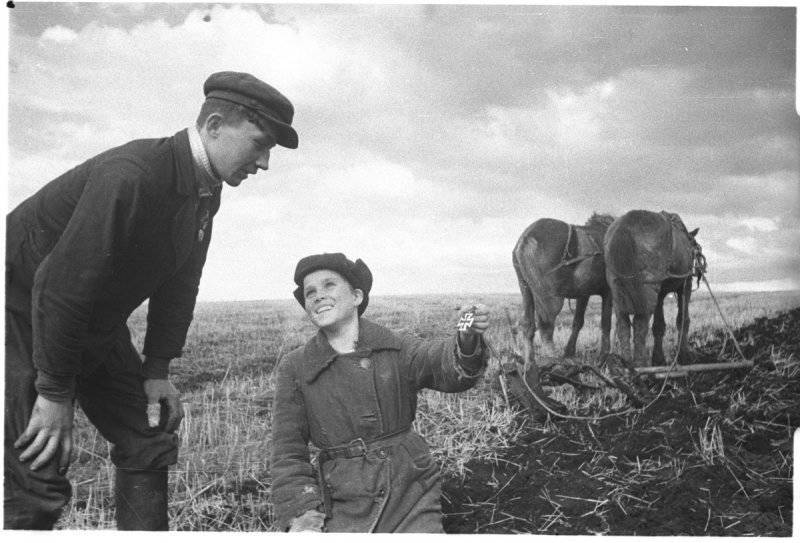
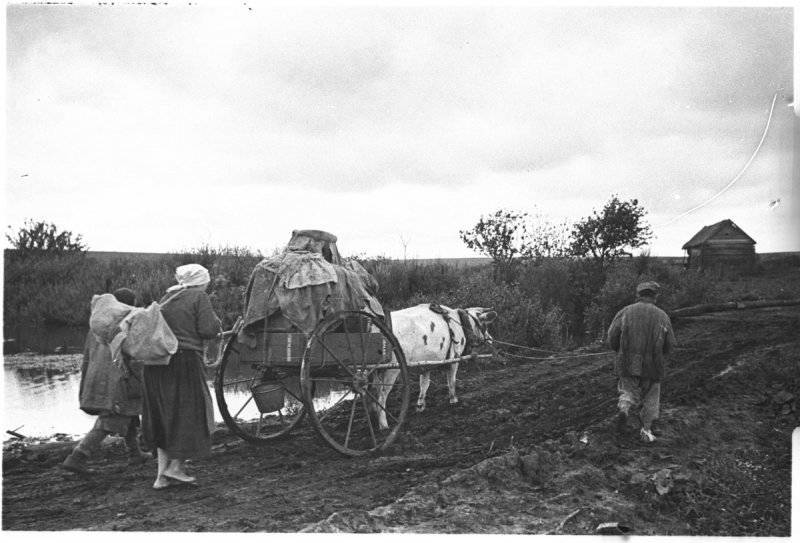
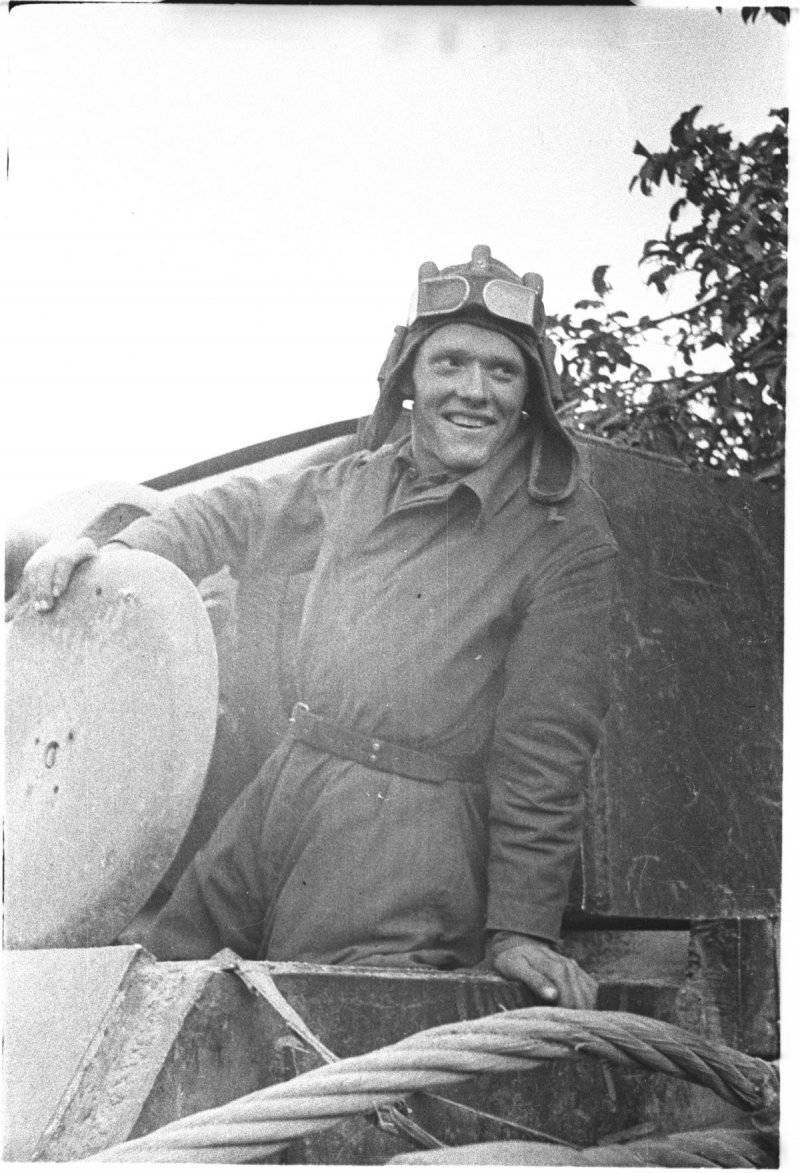
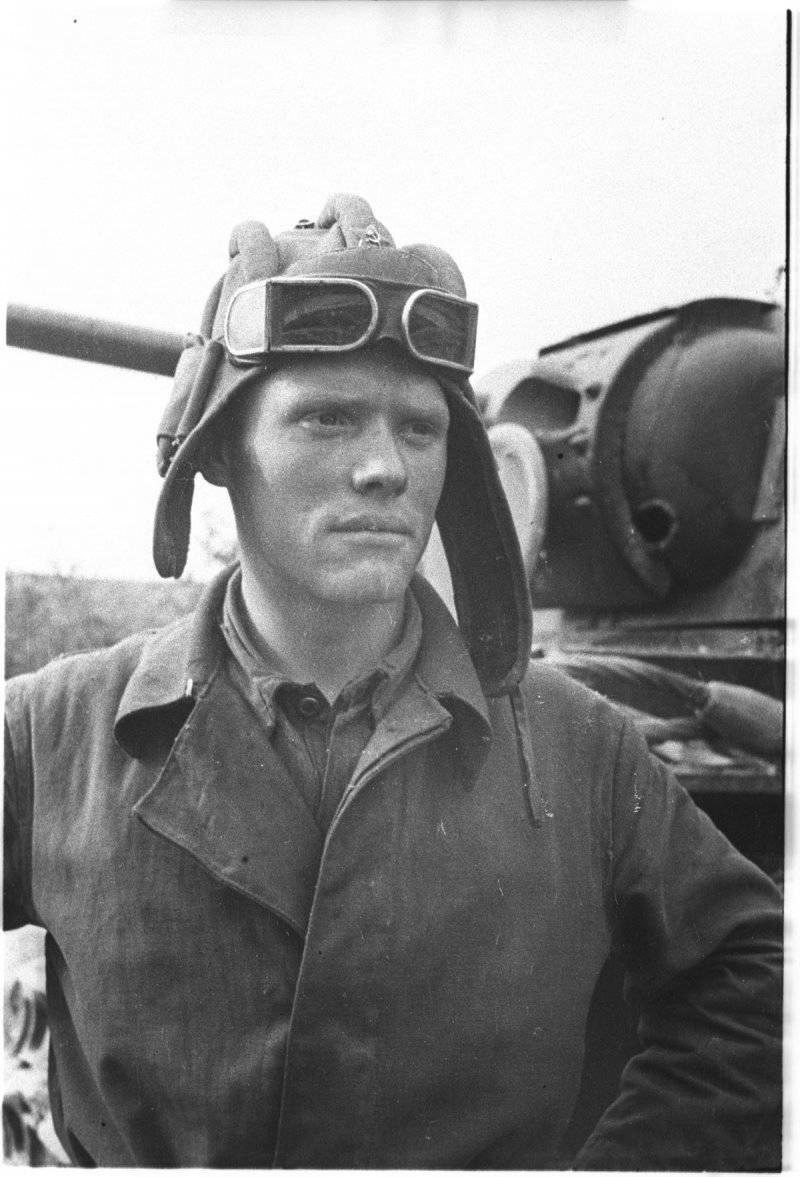
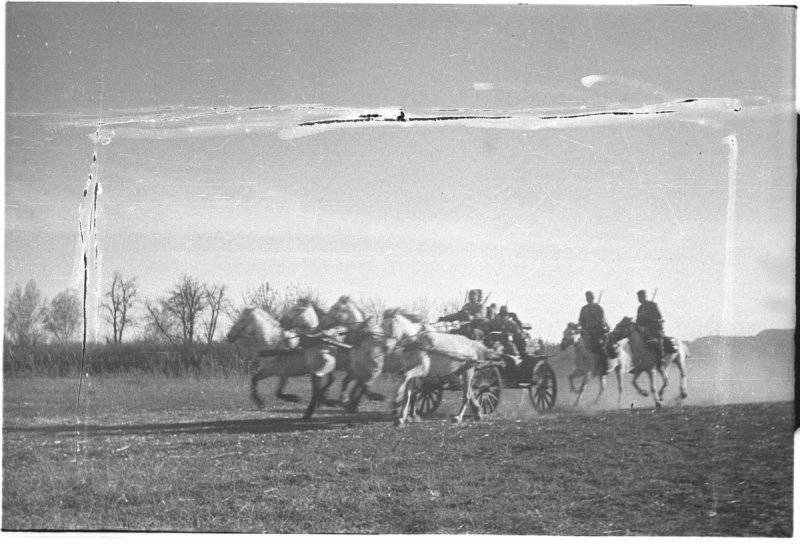
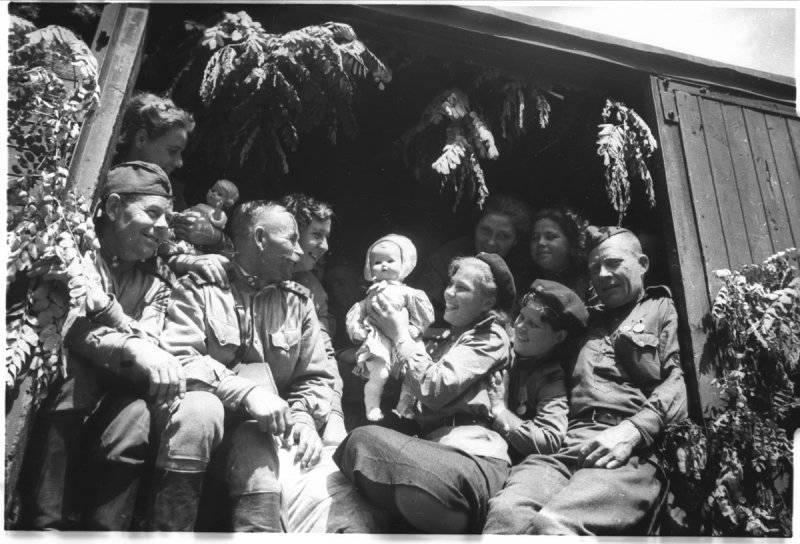
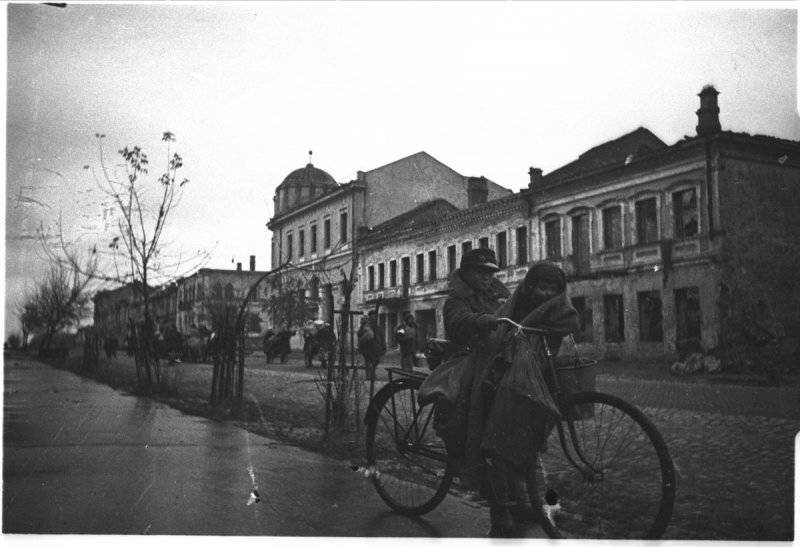
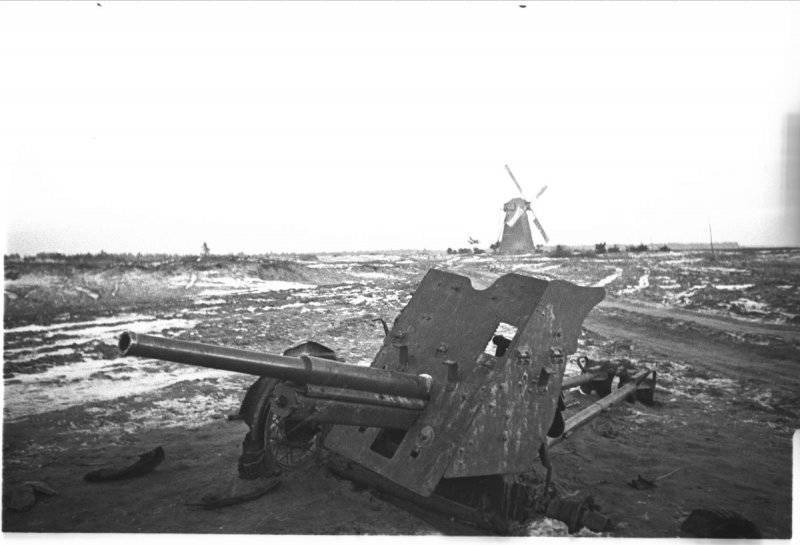
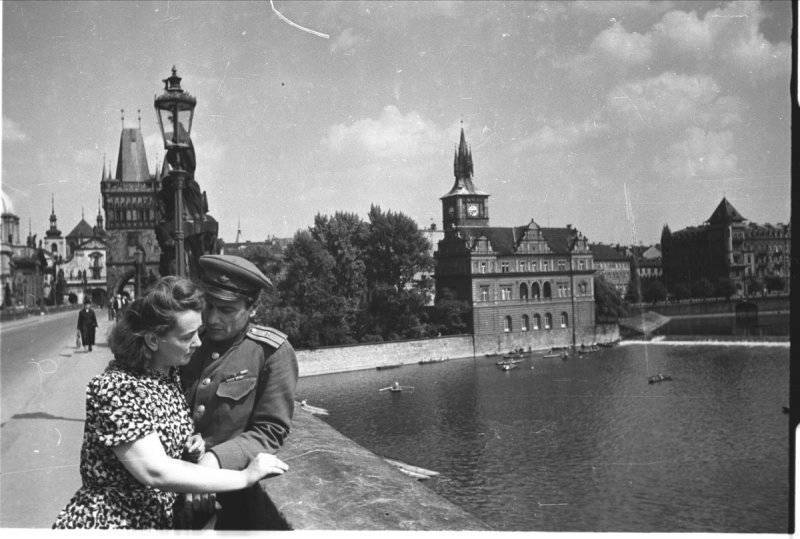
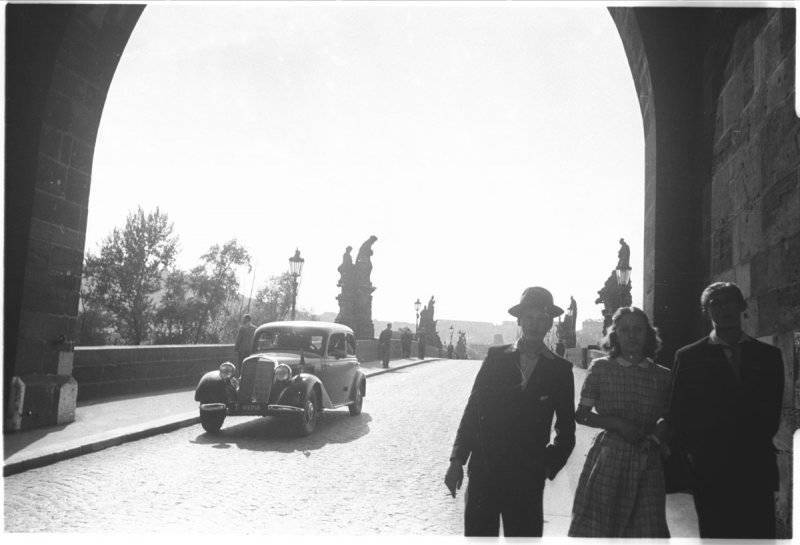

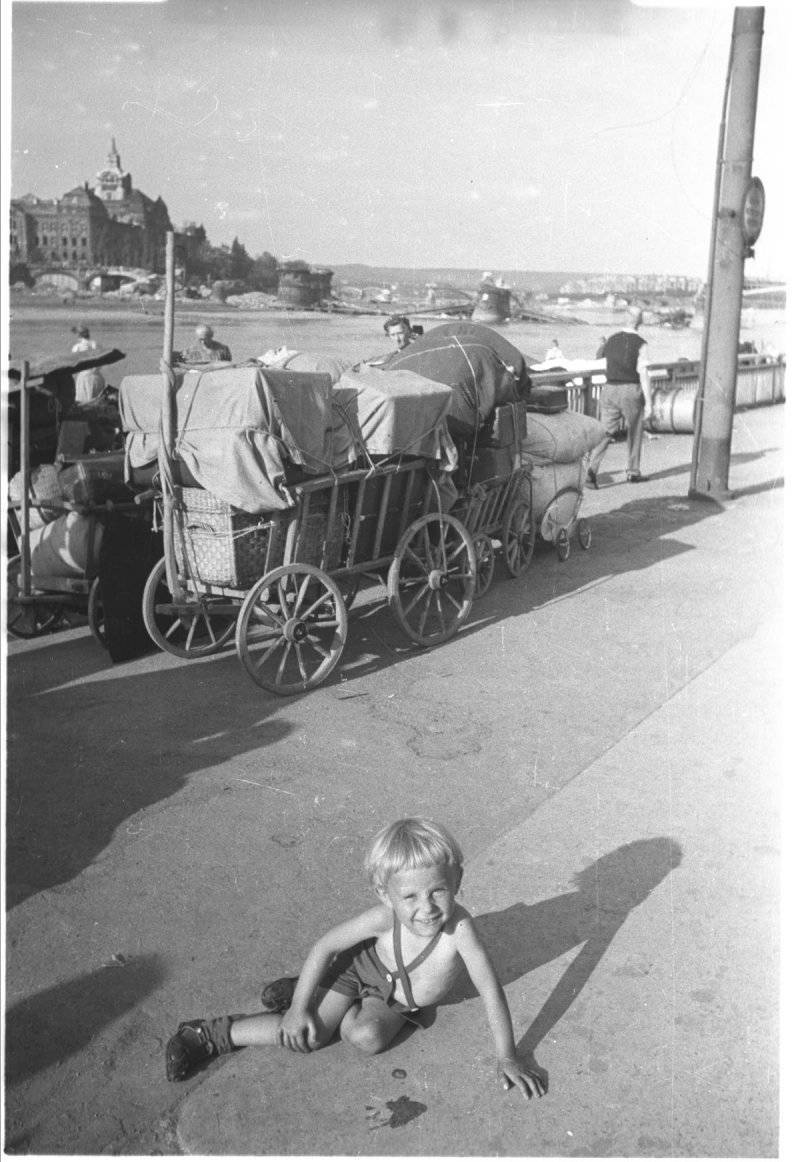
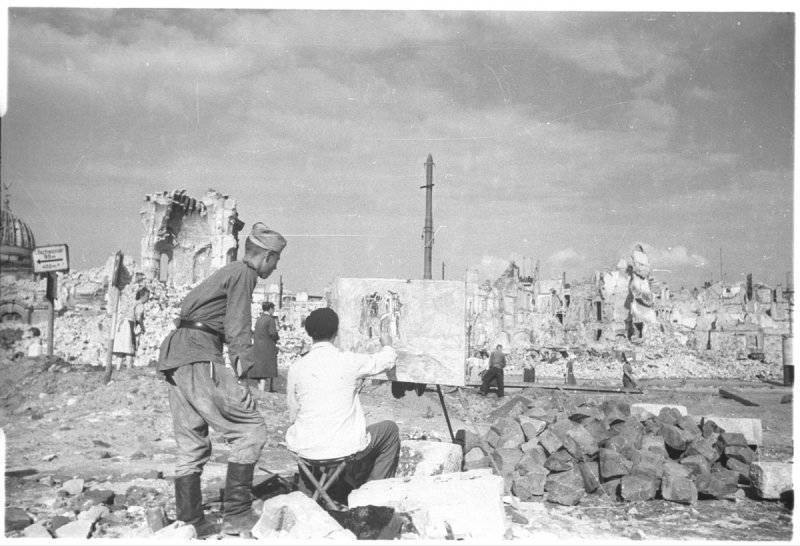
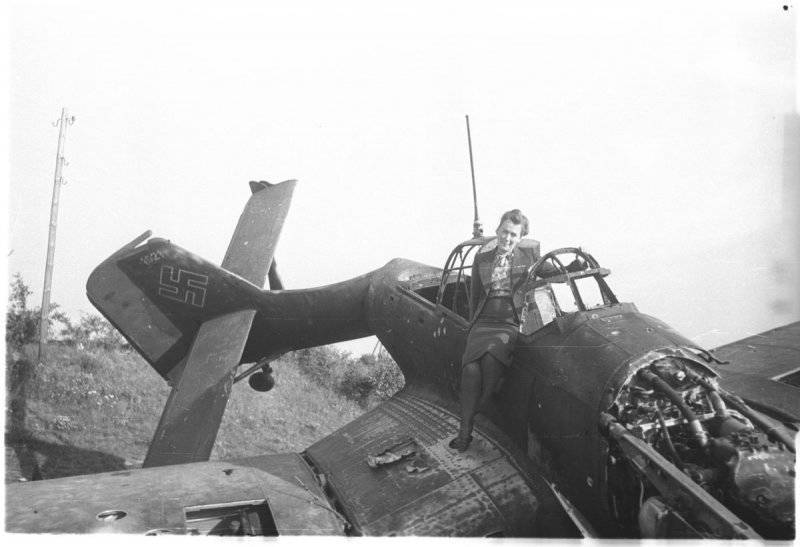
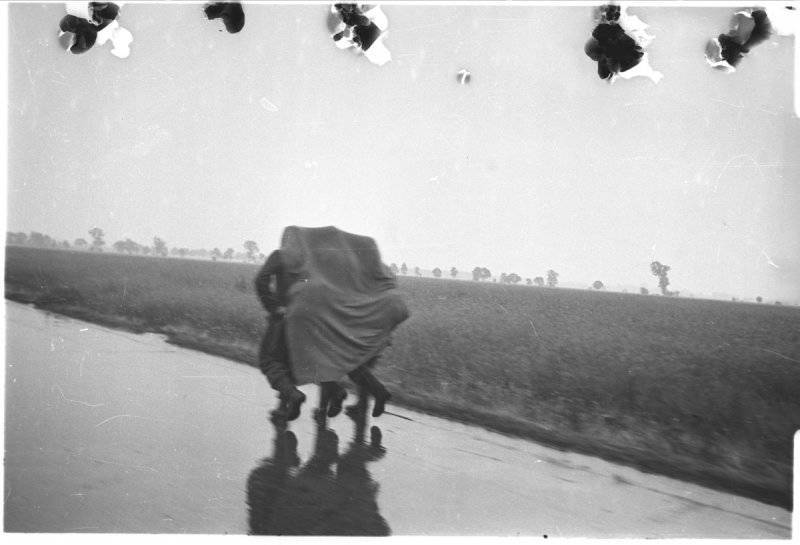
Information